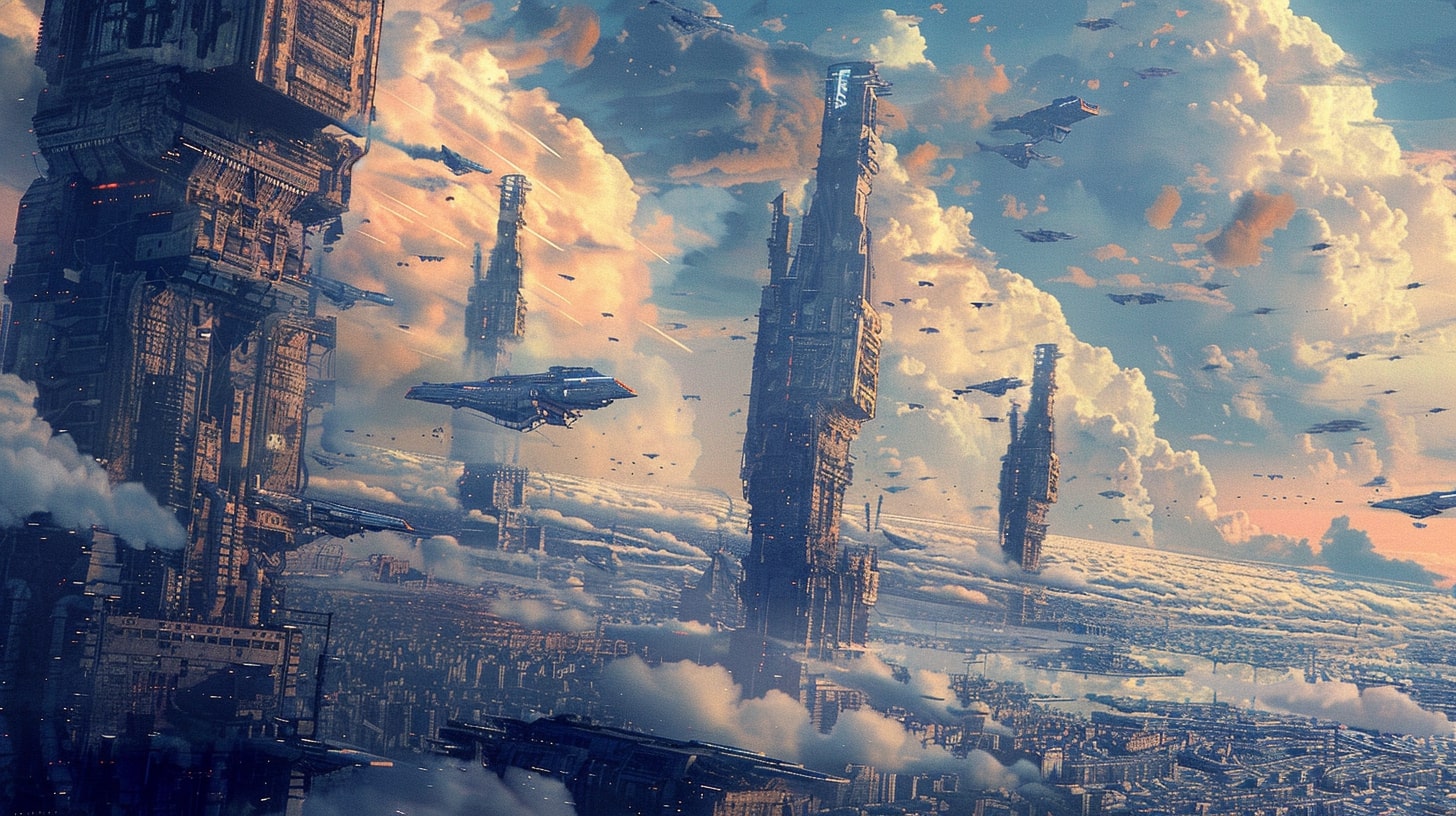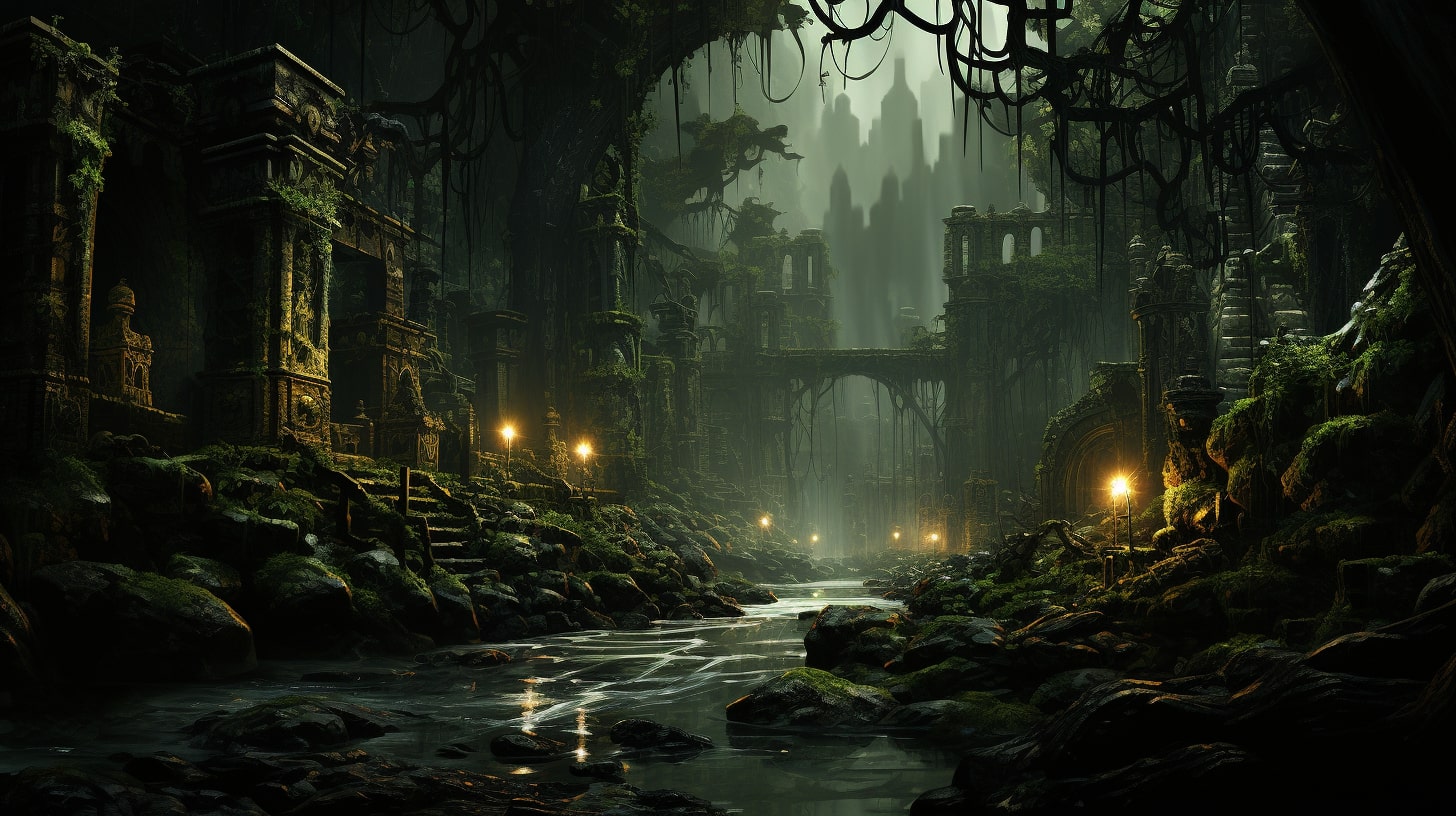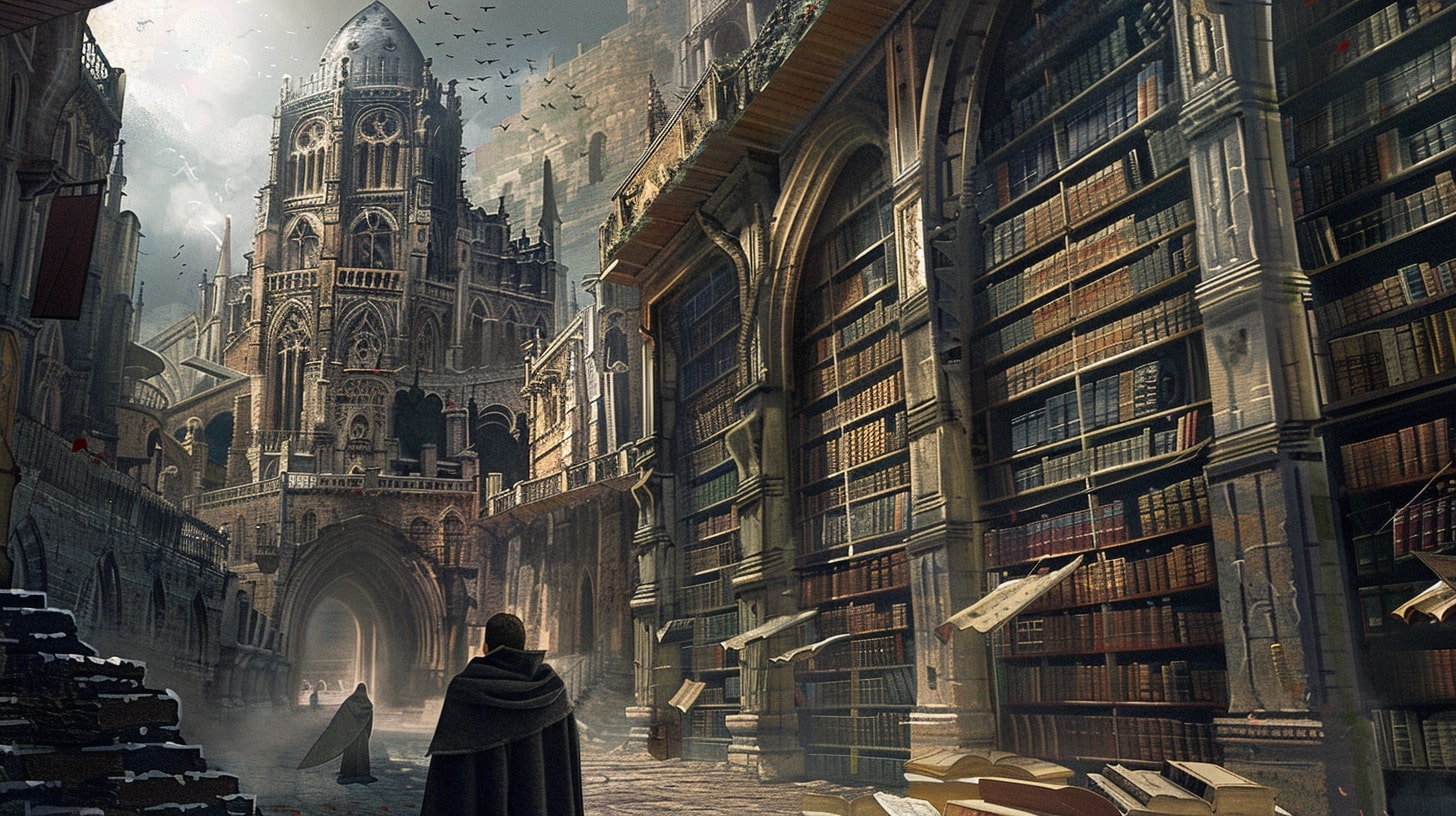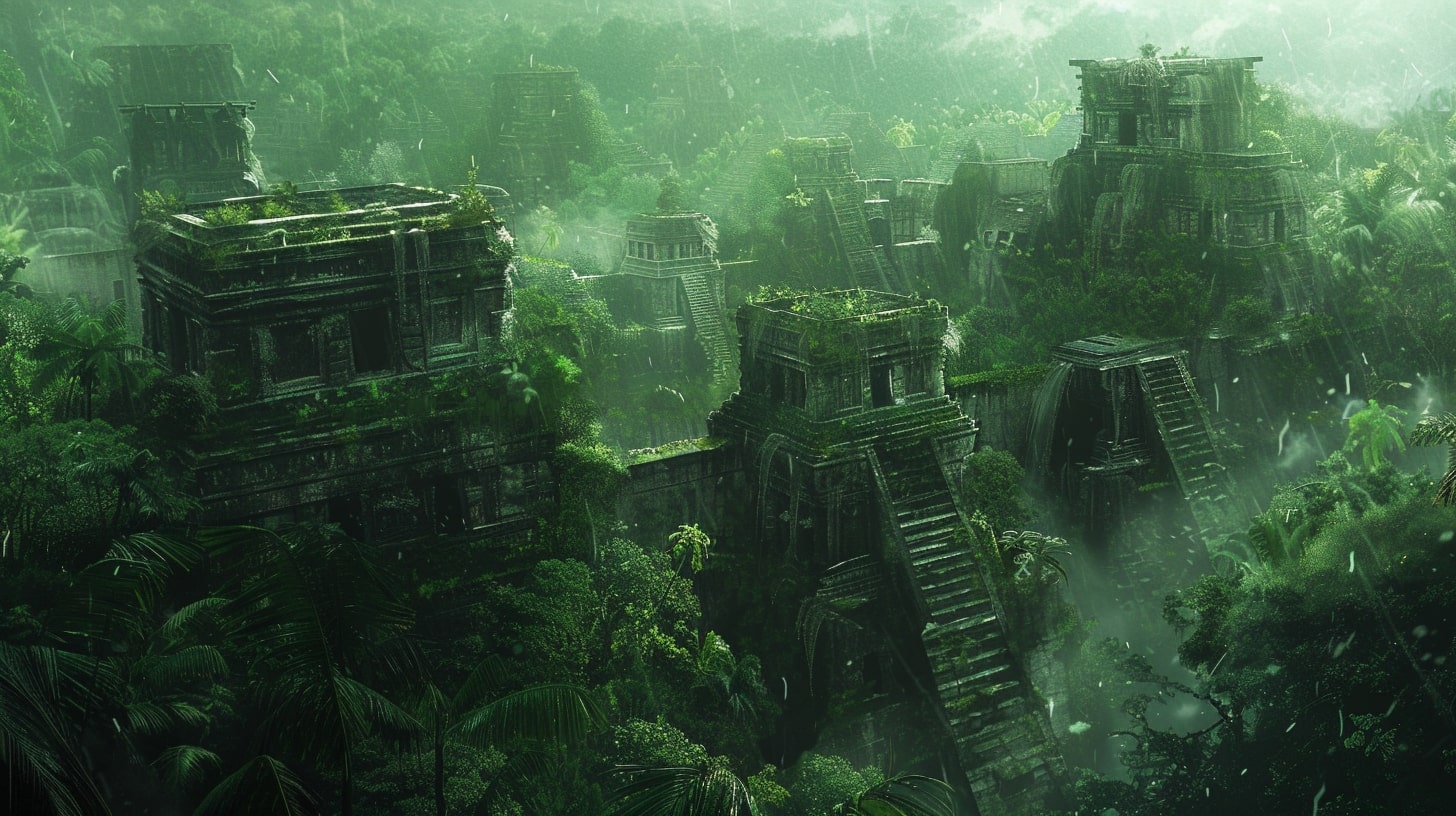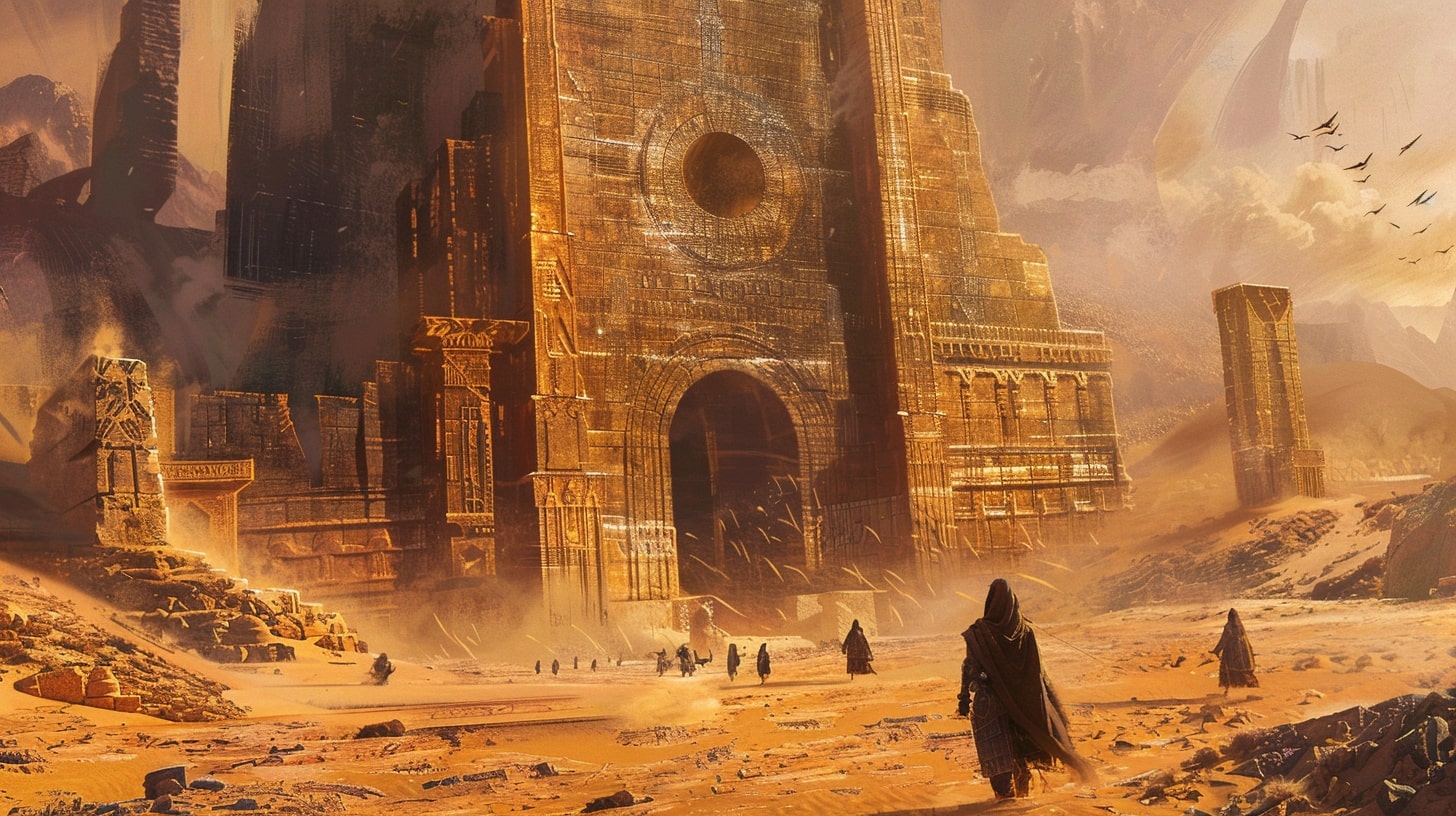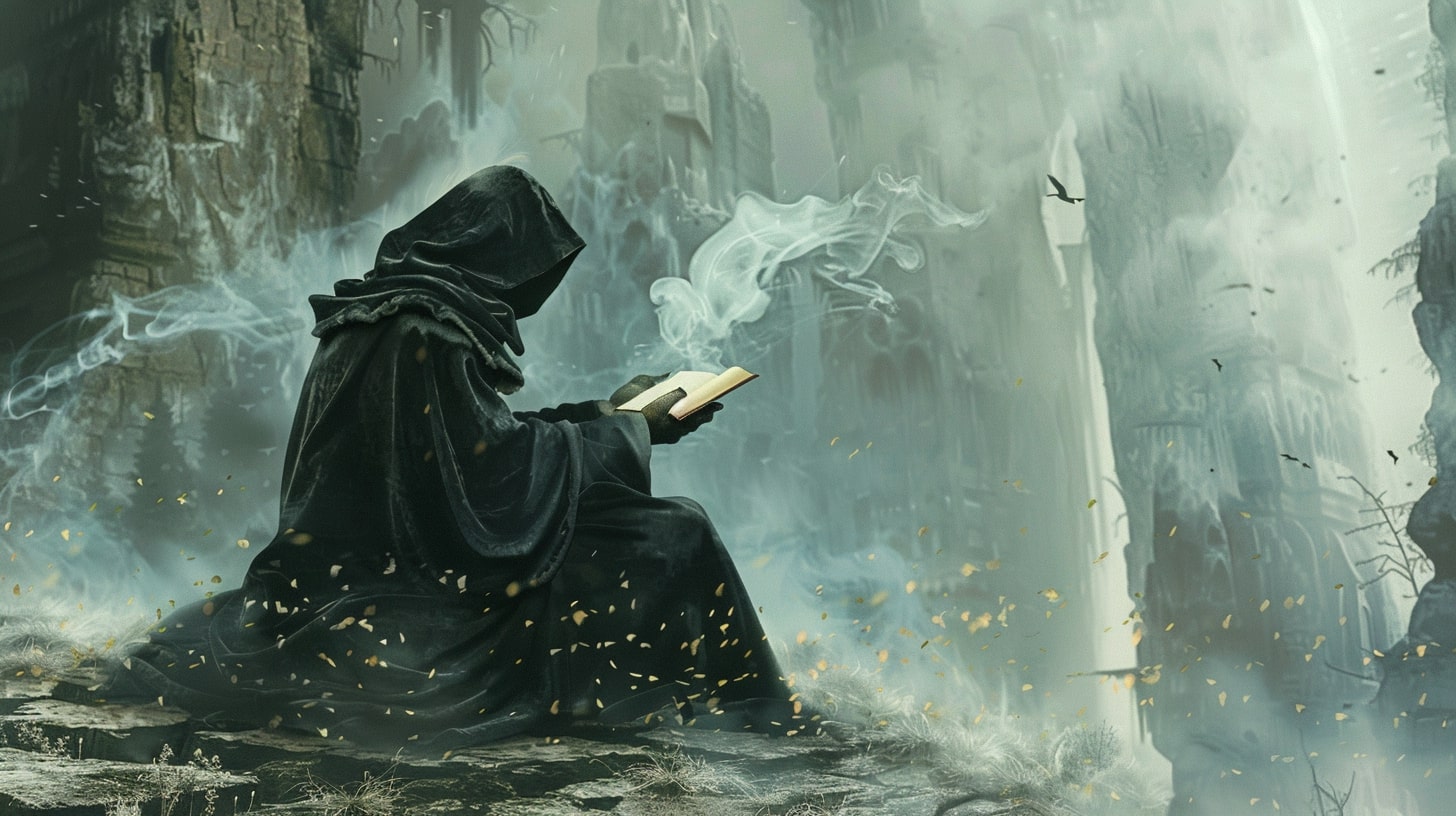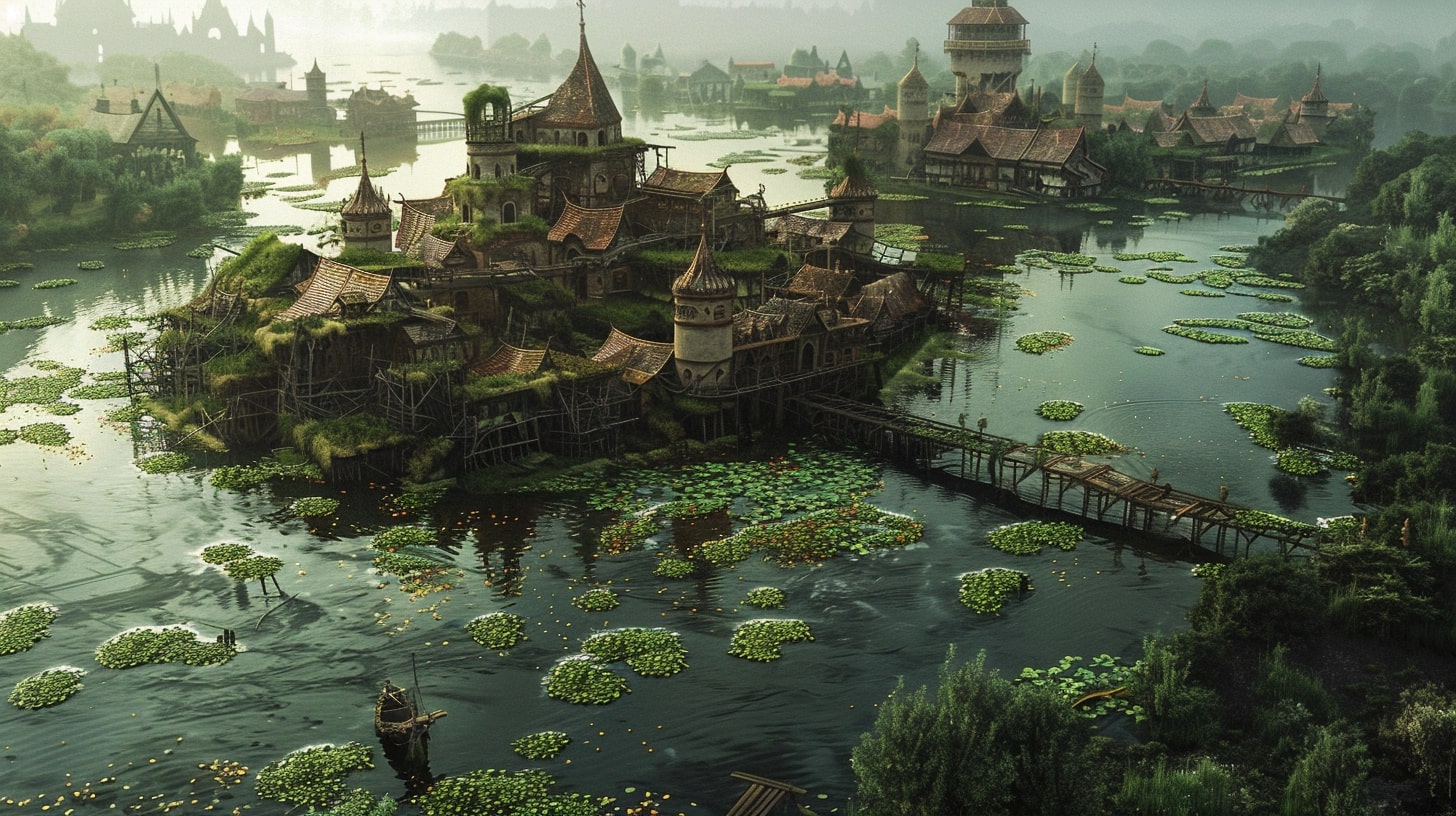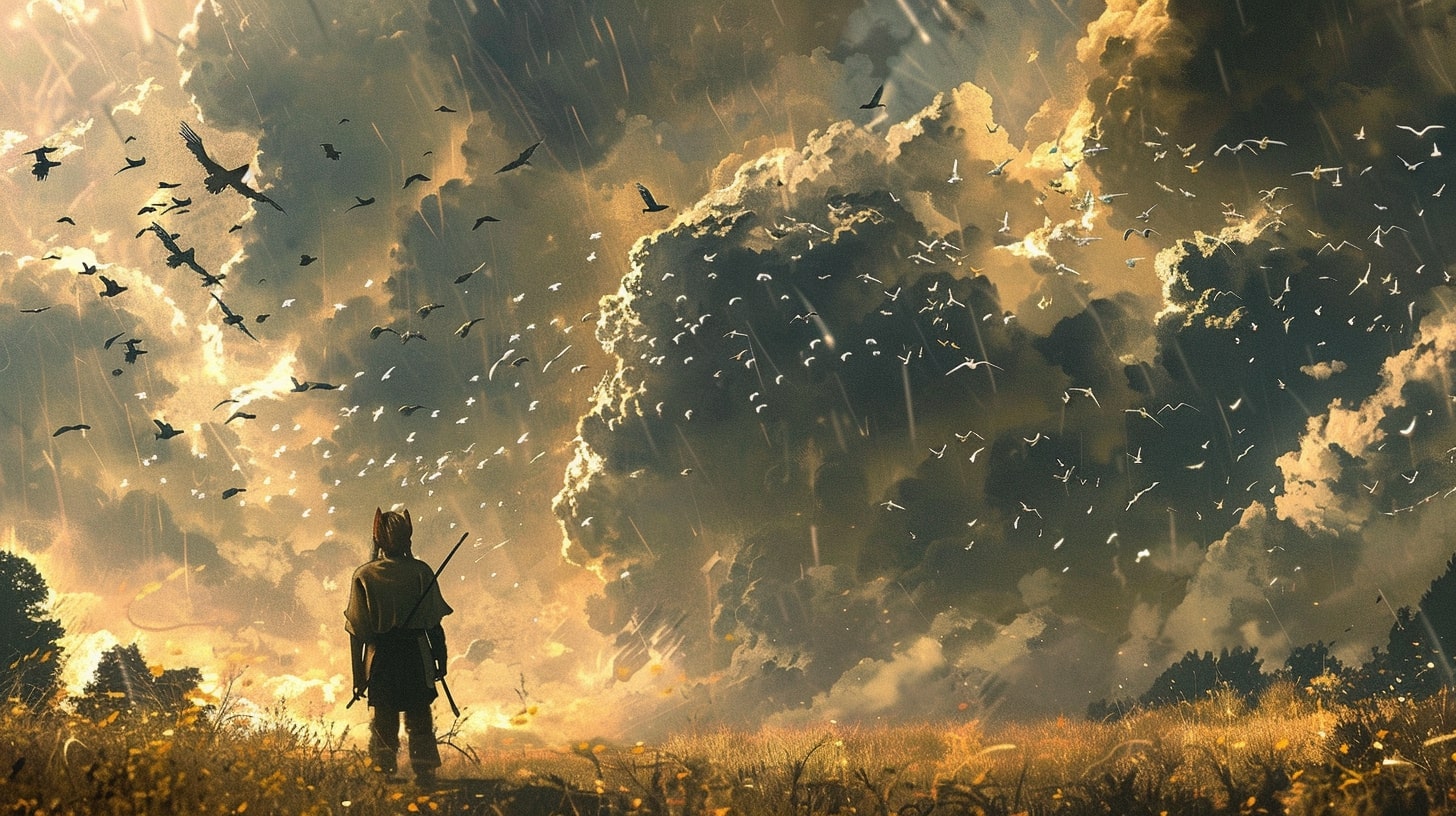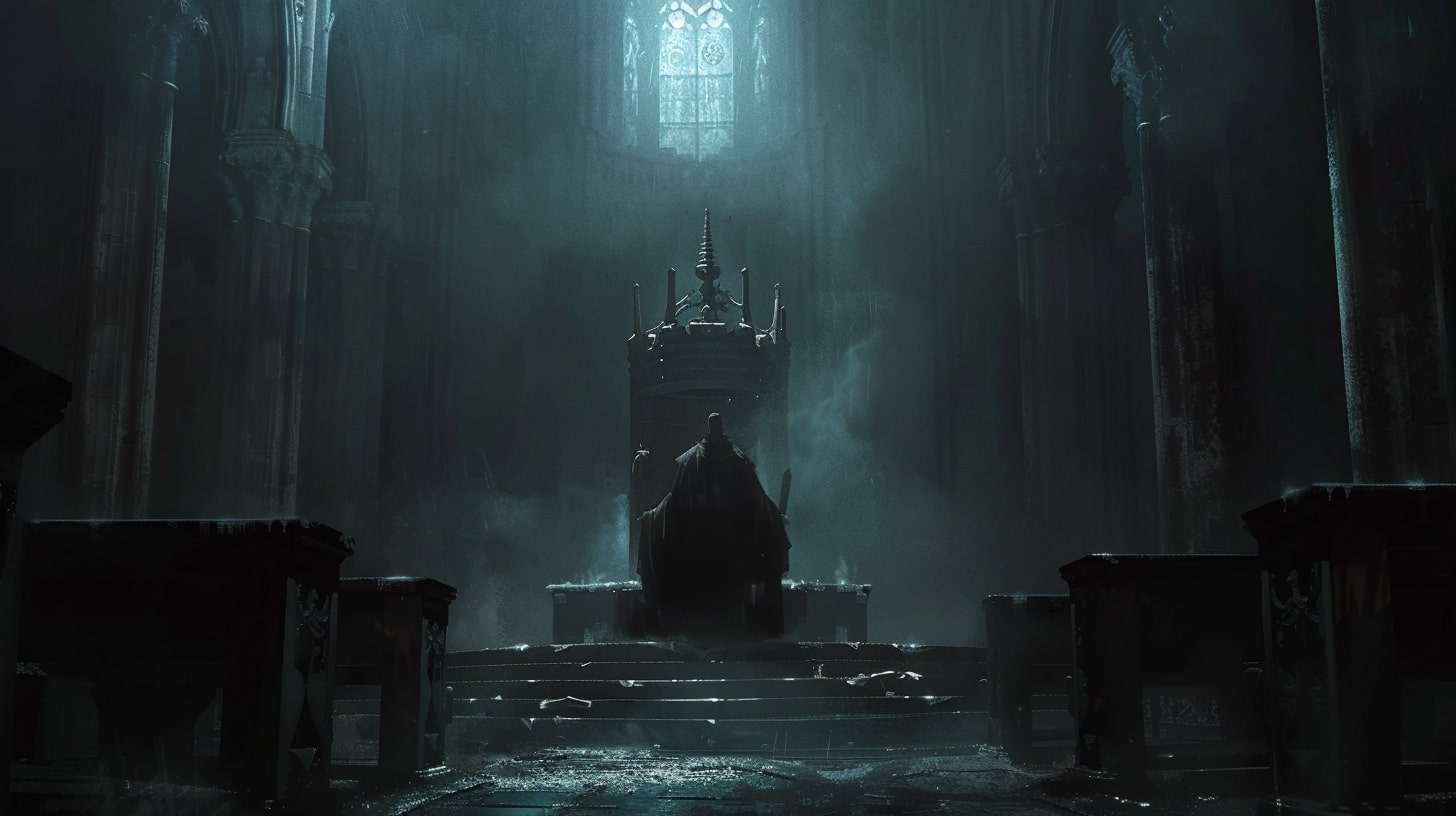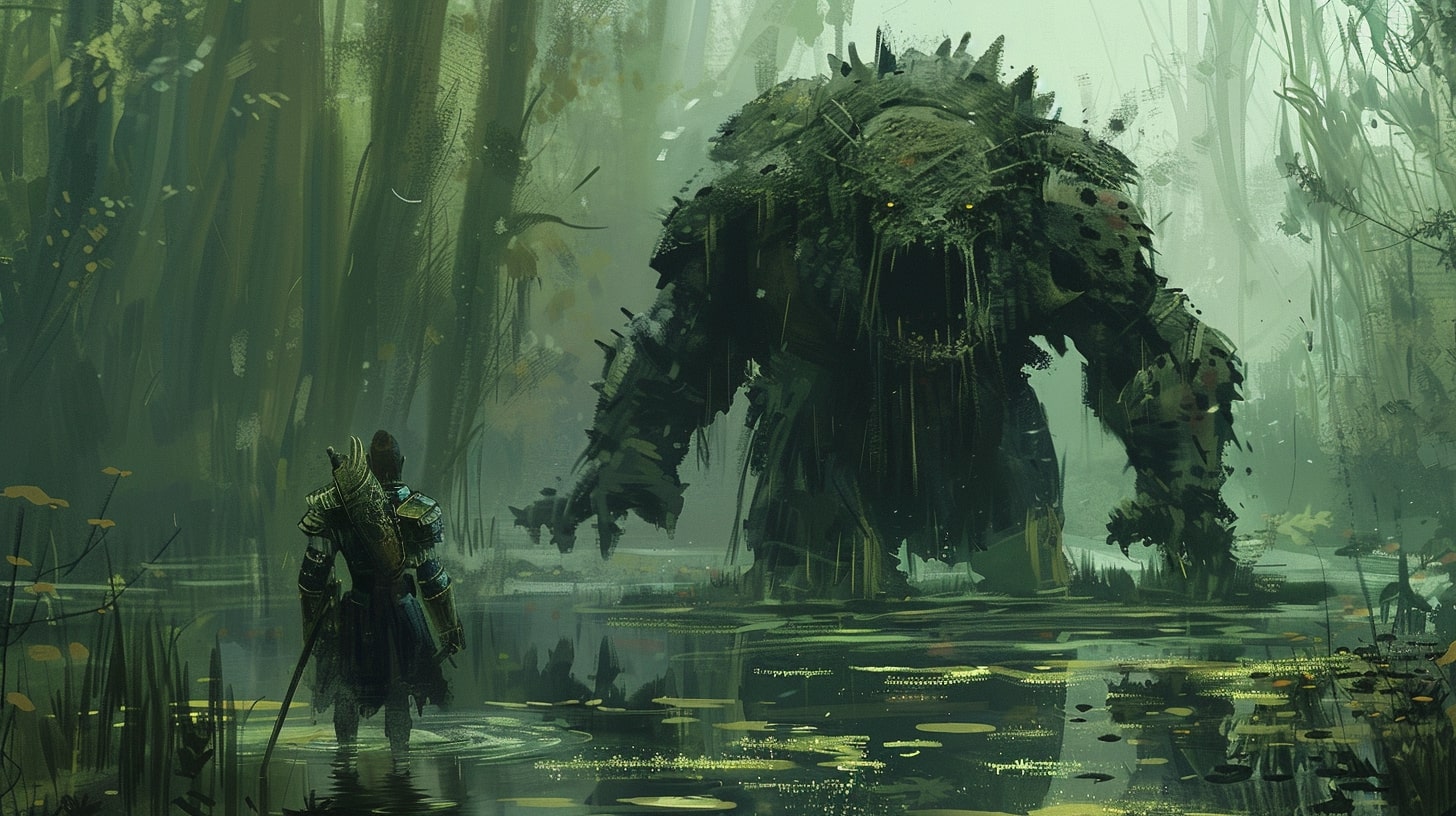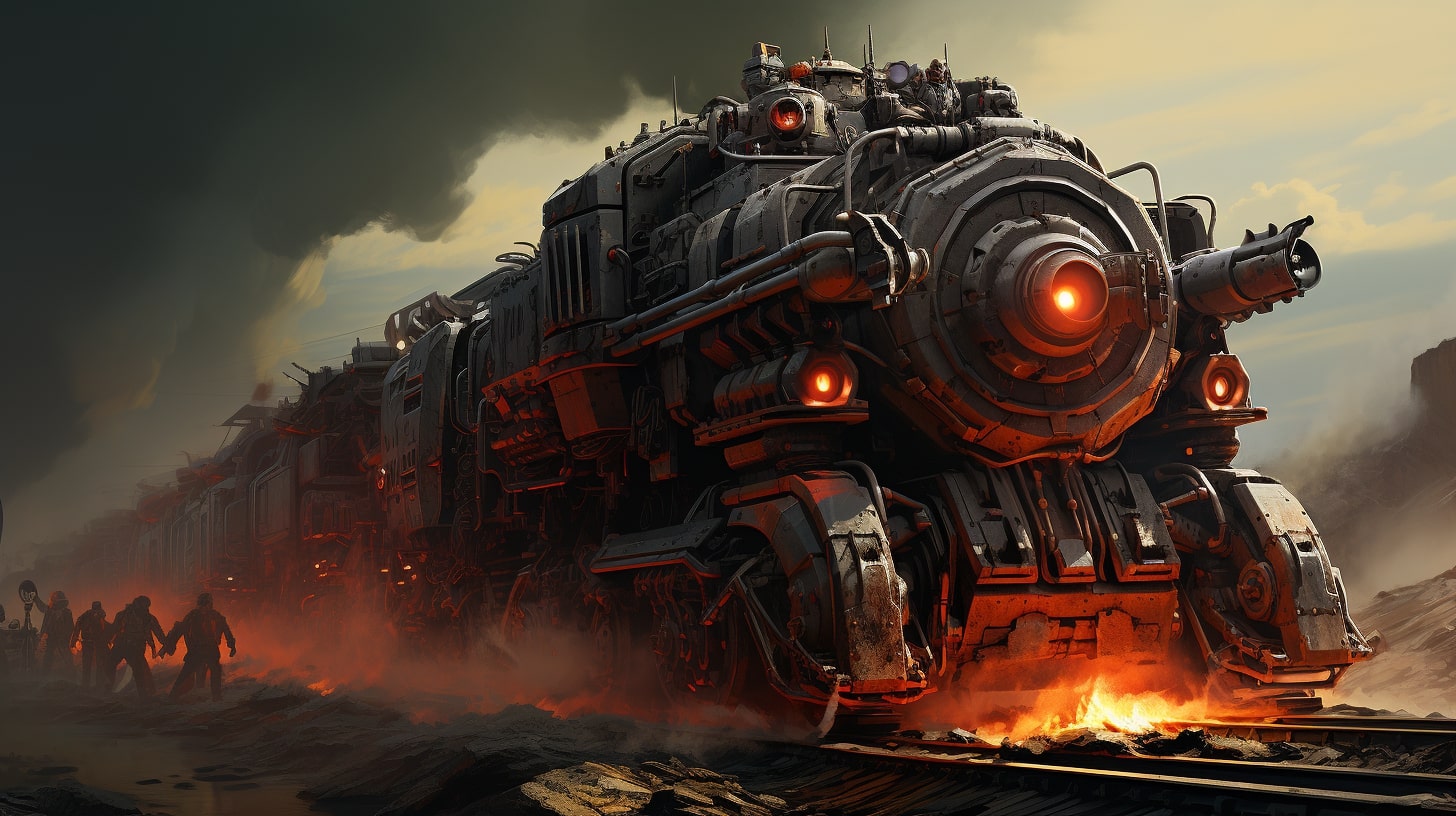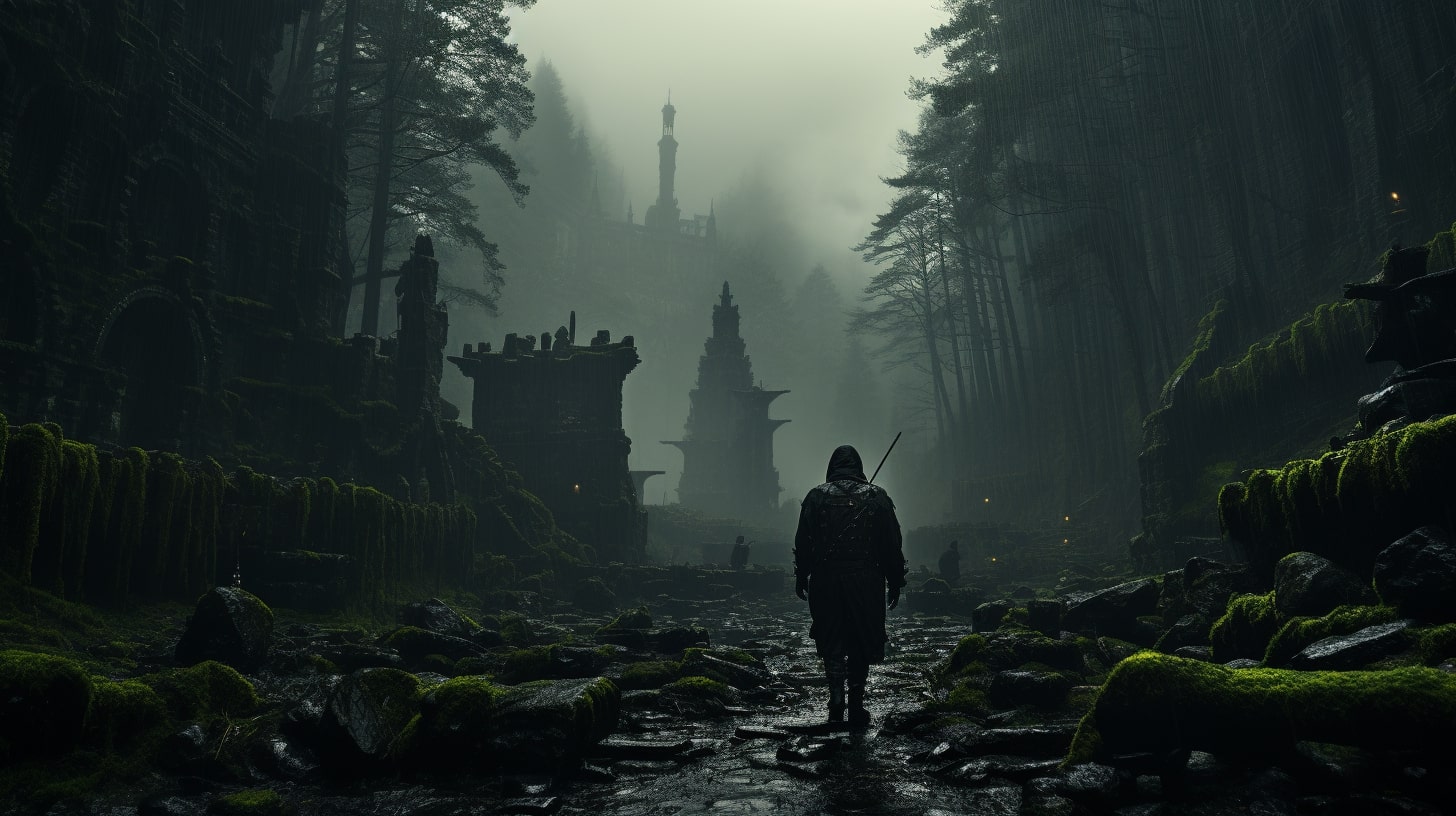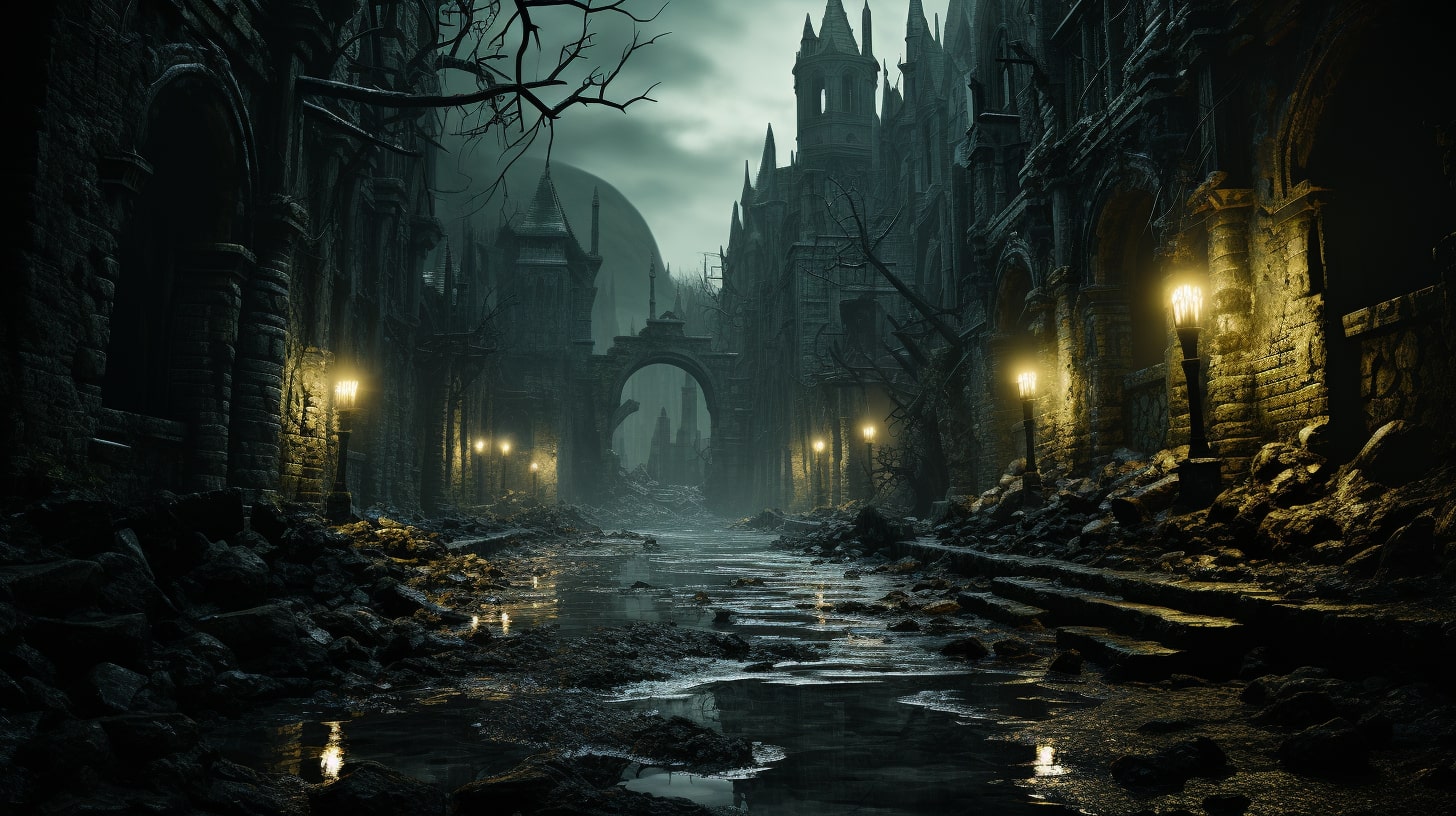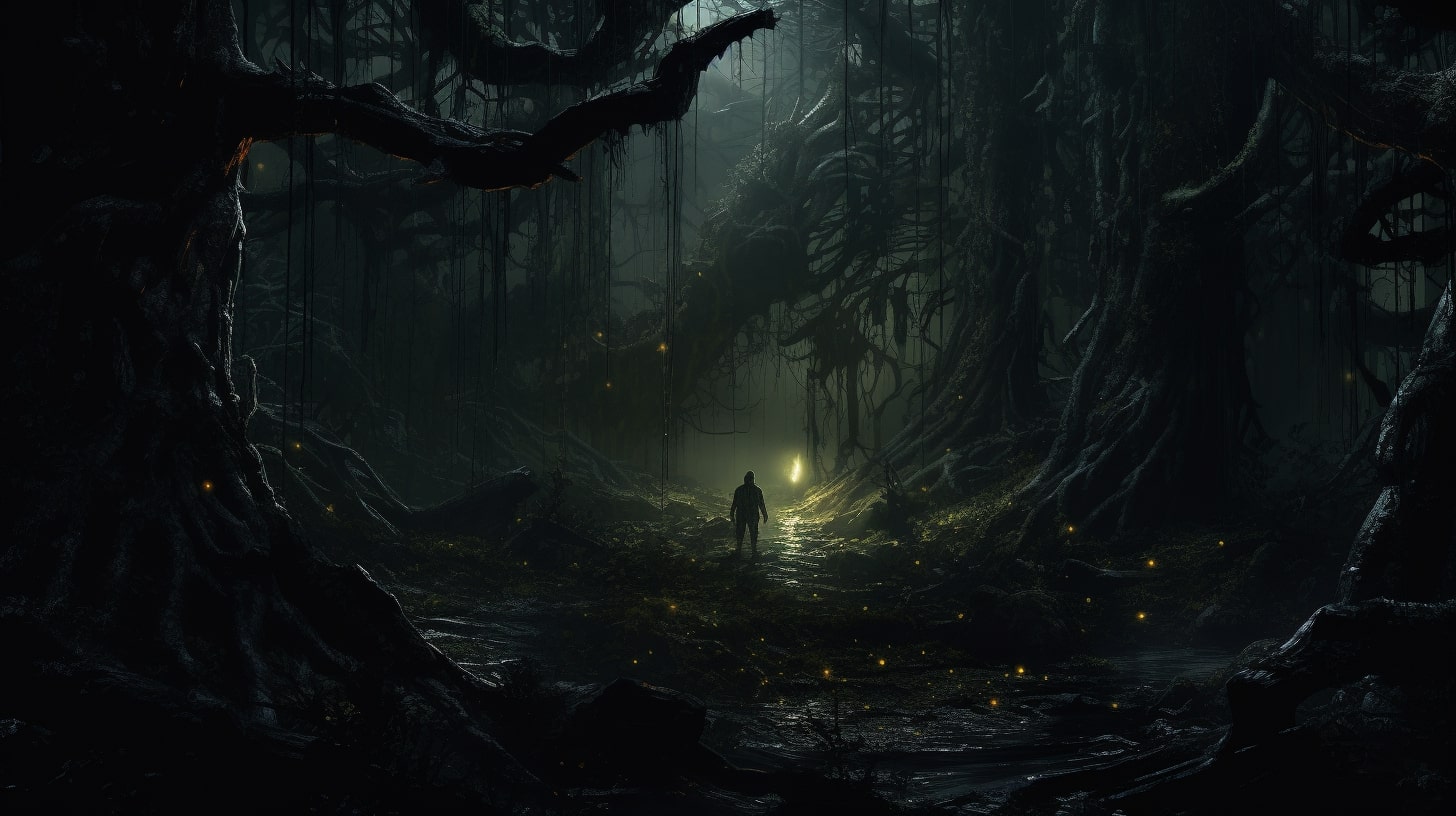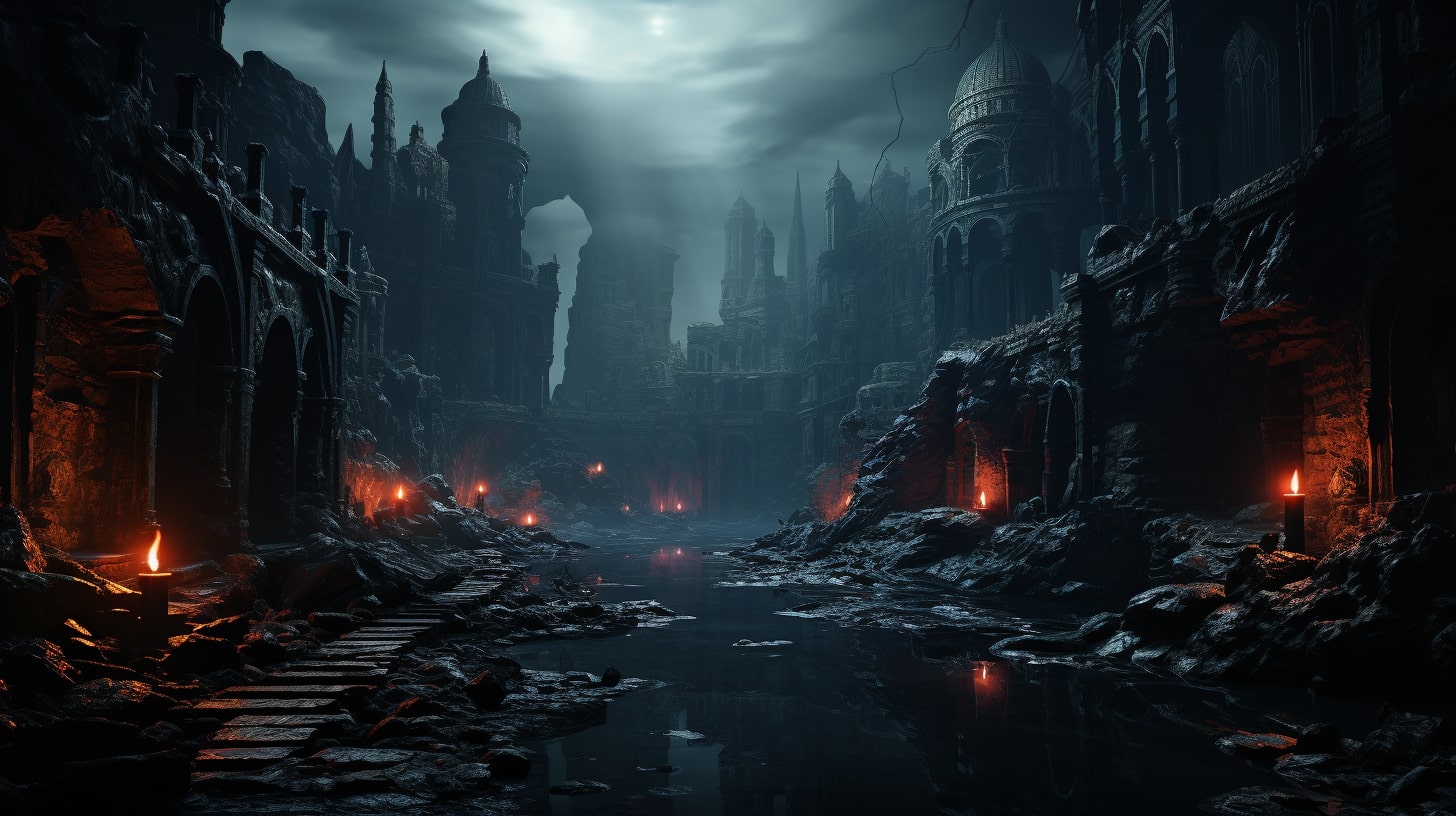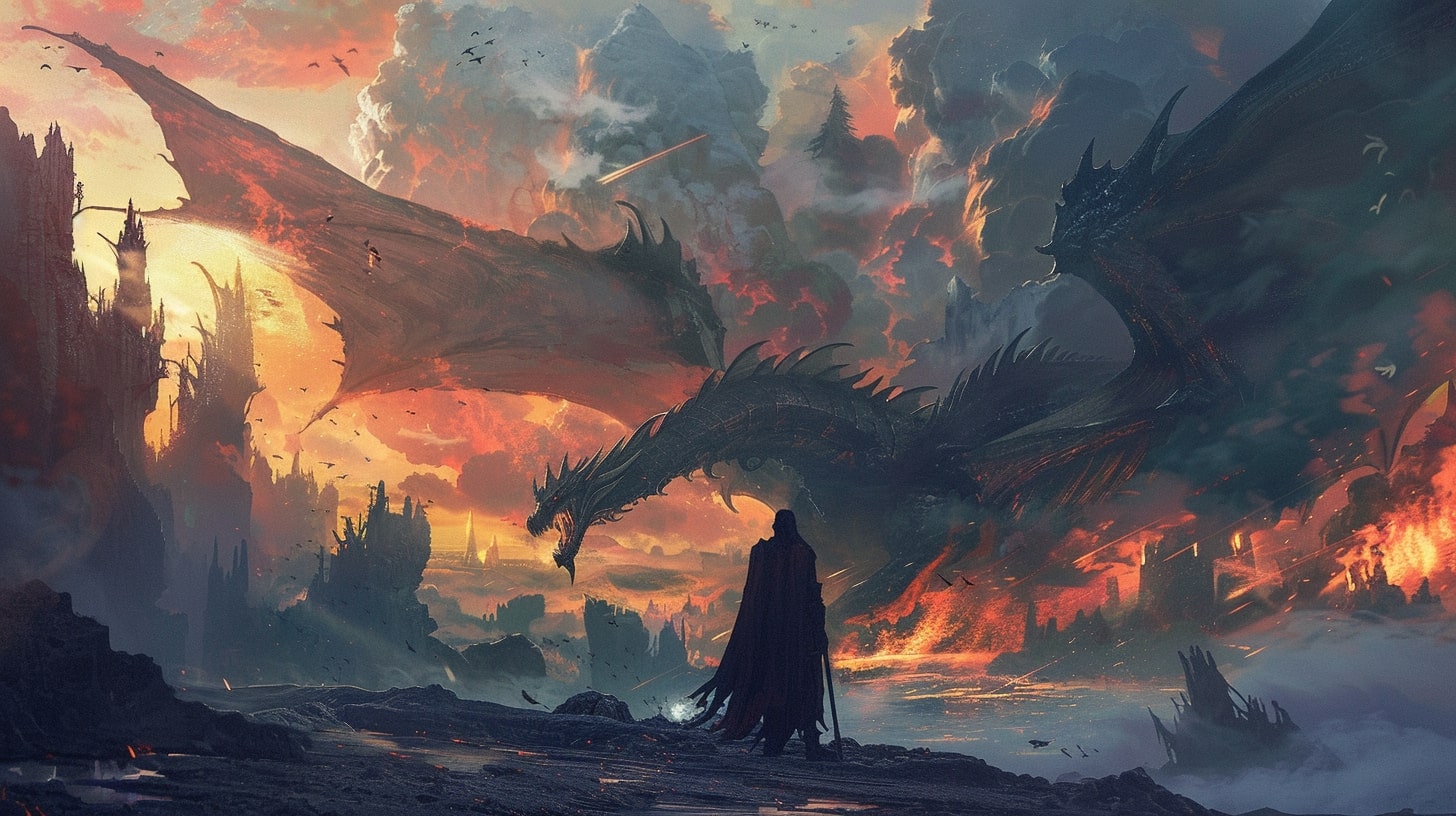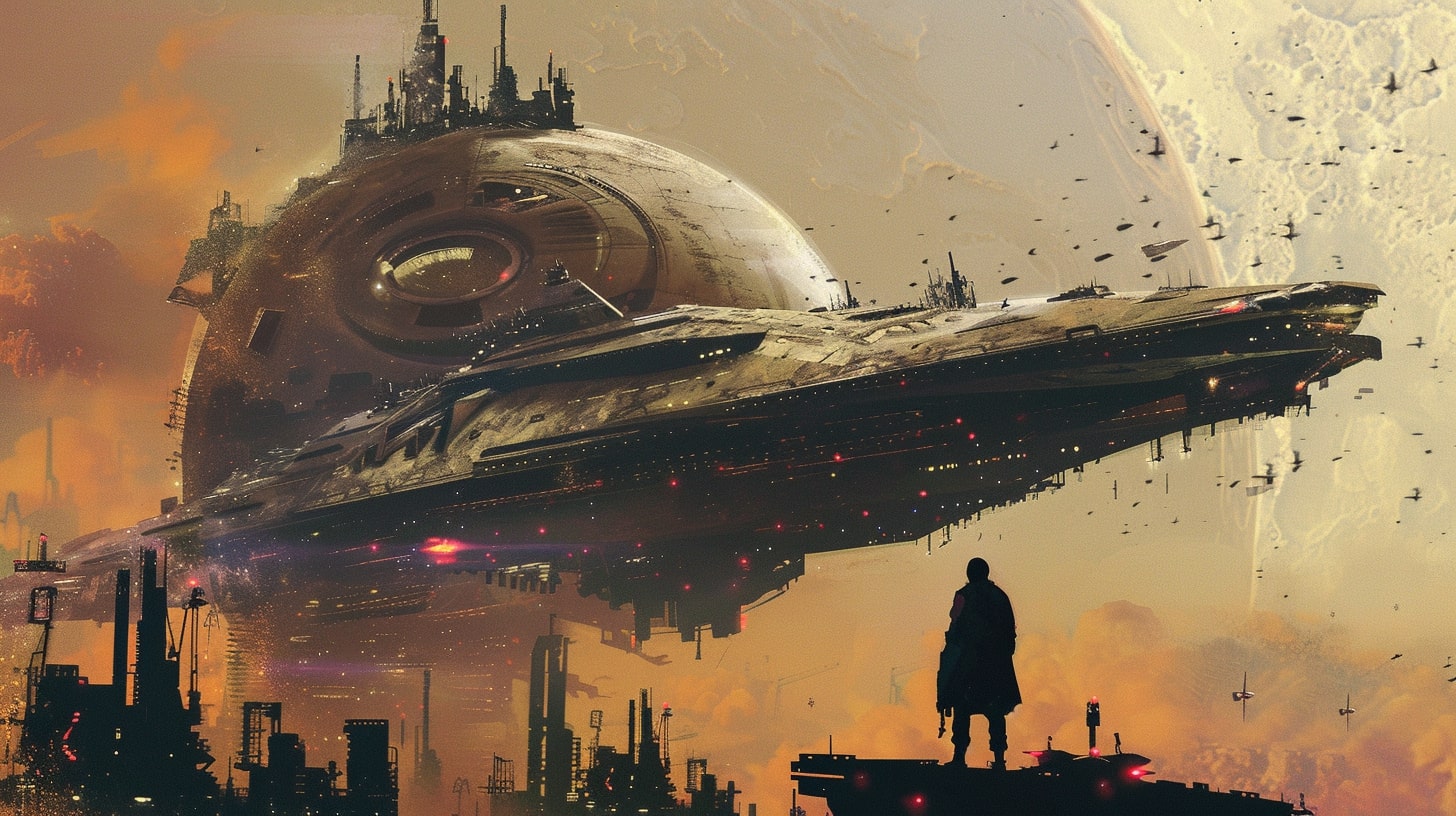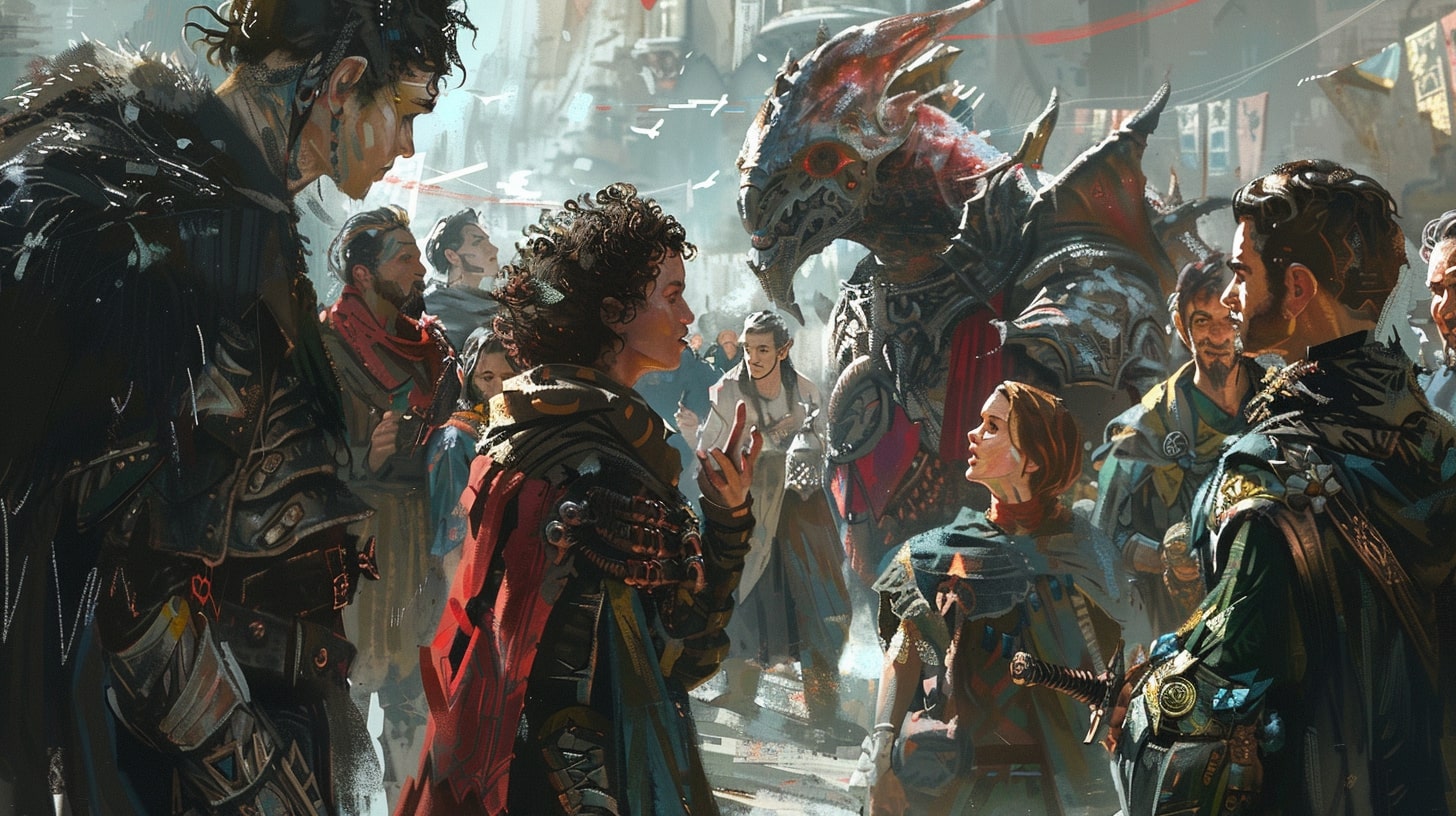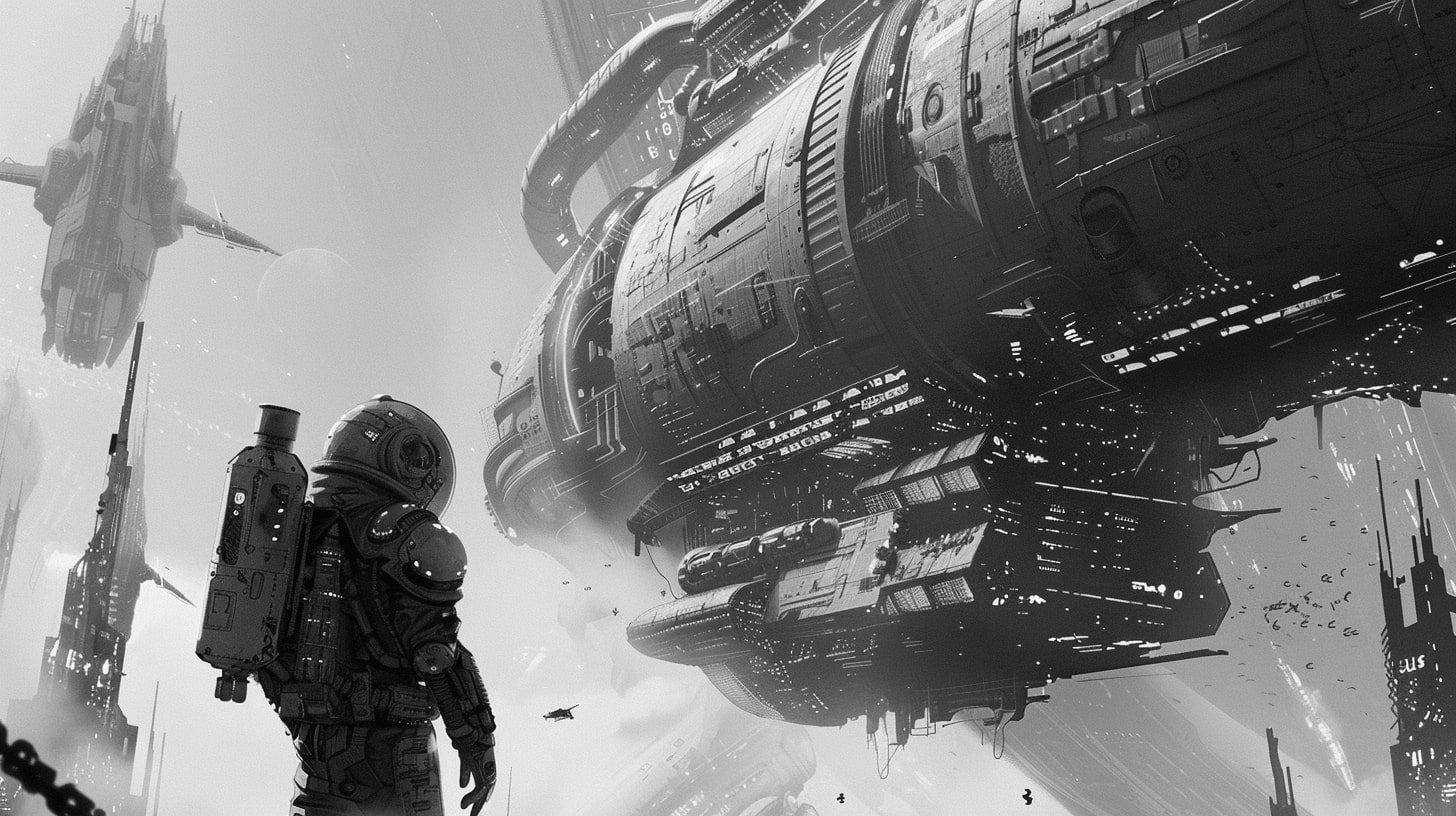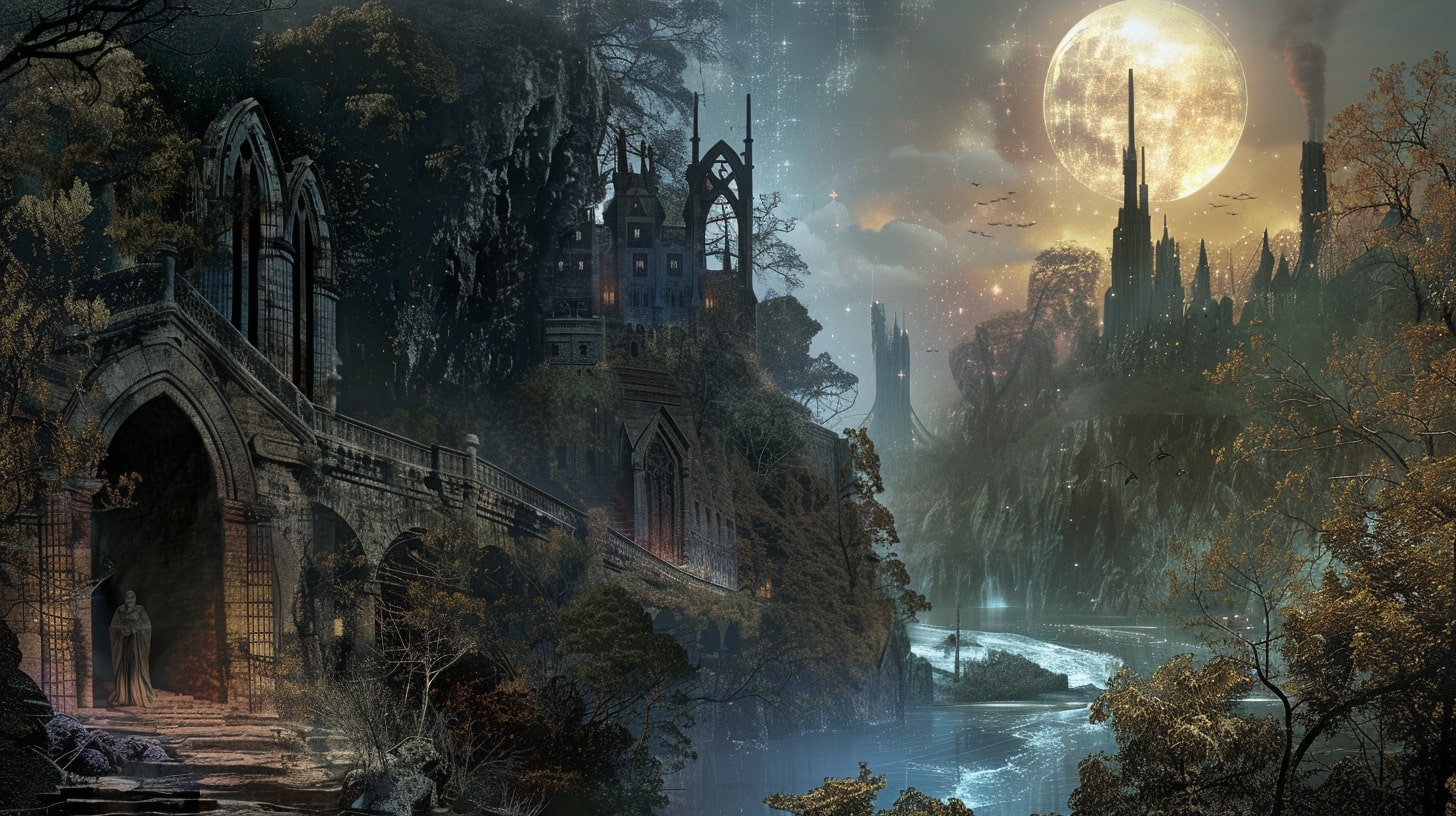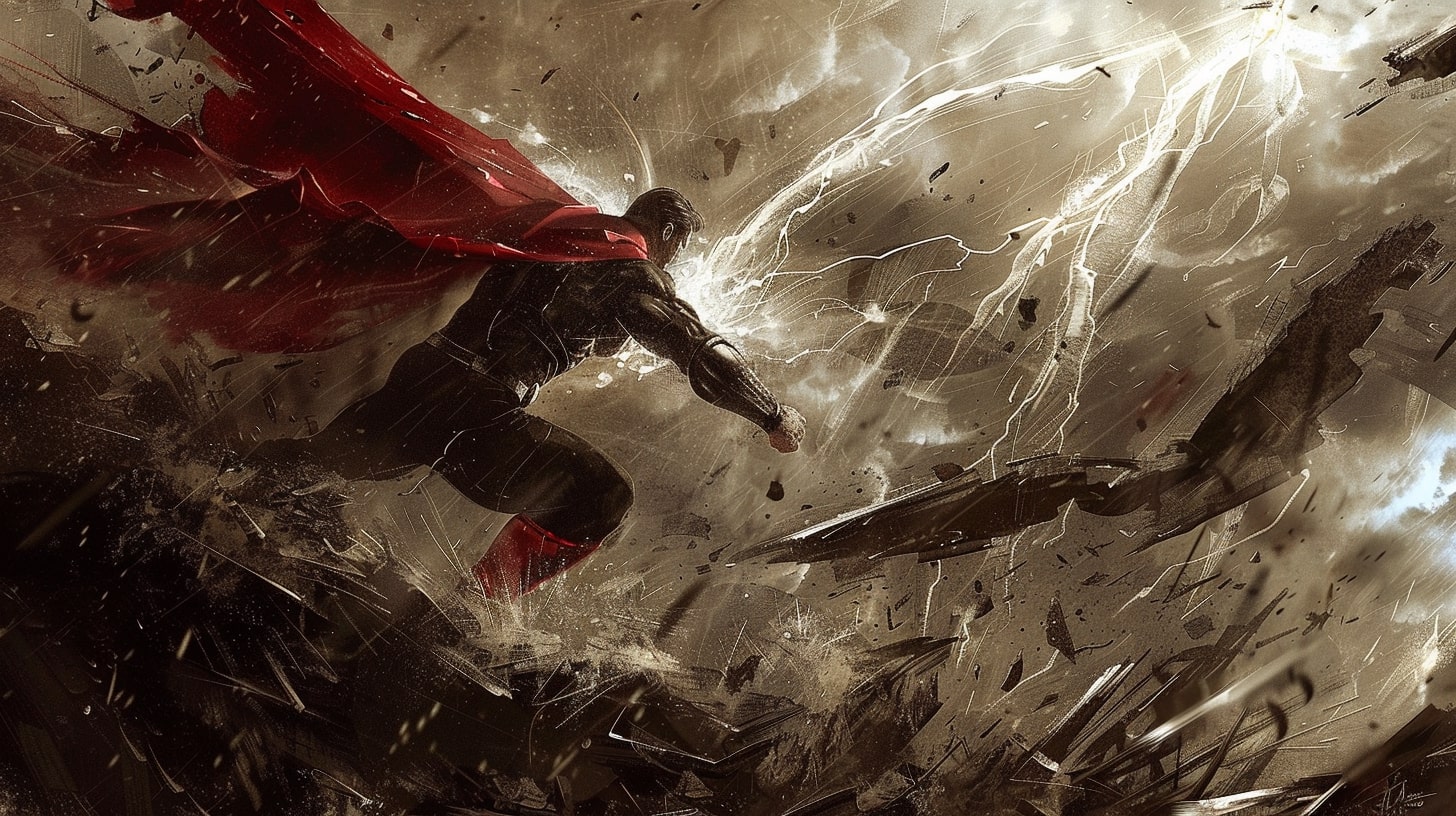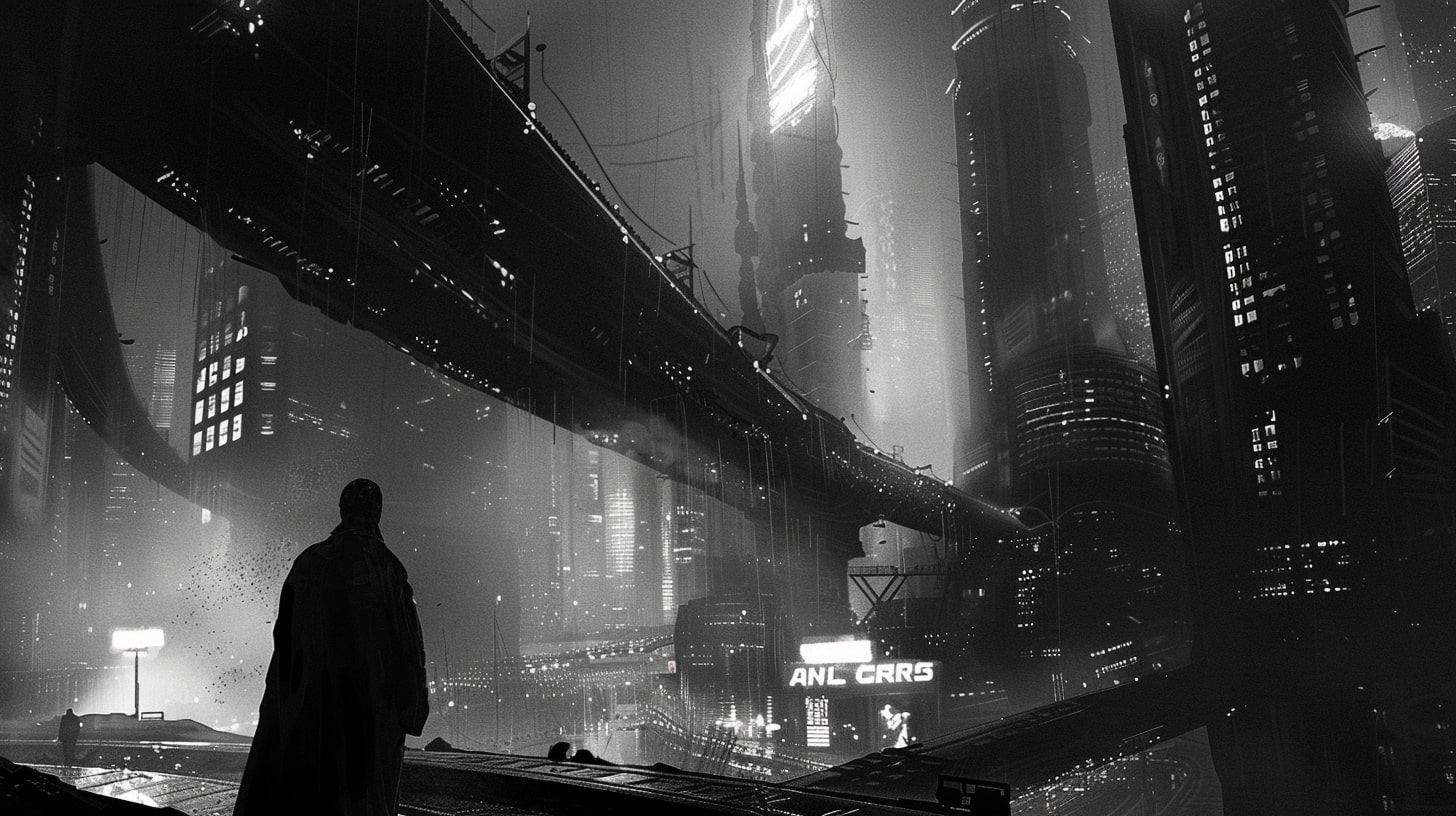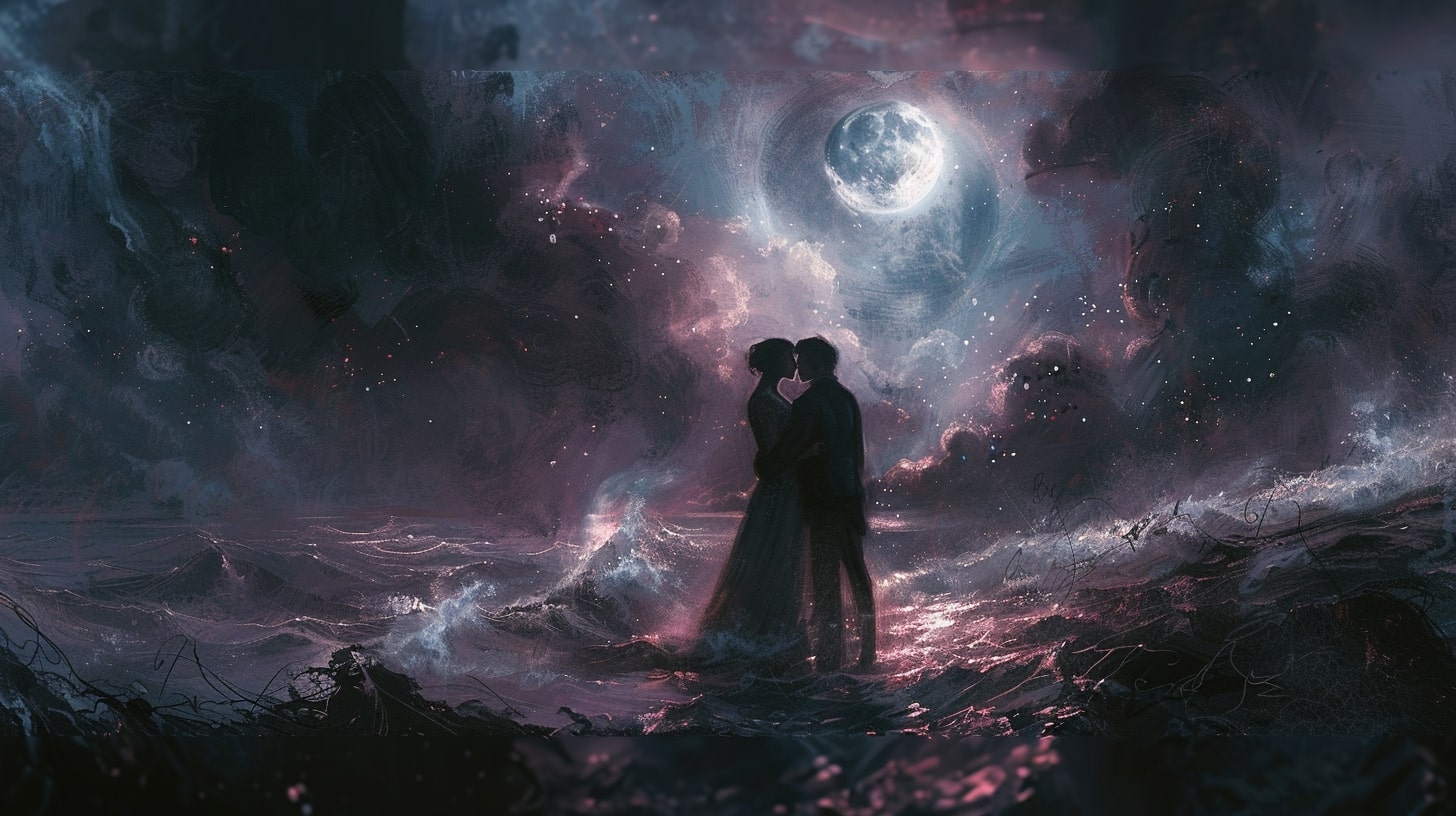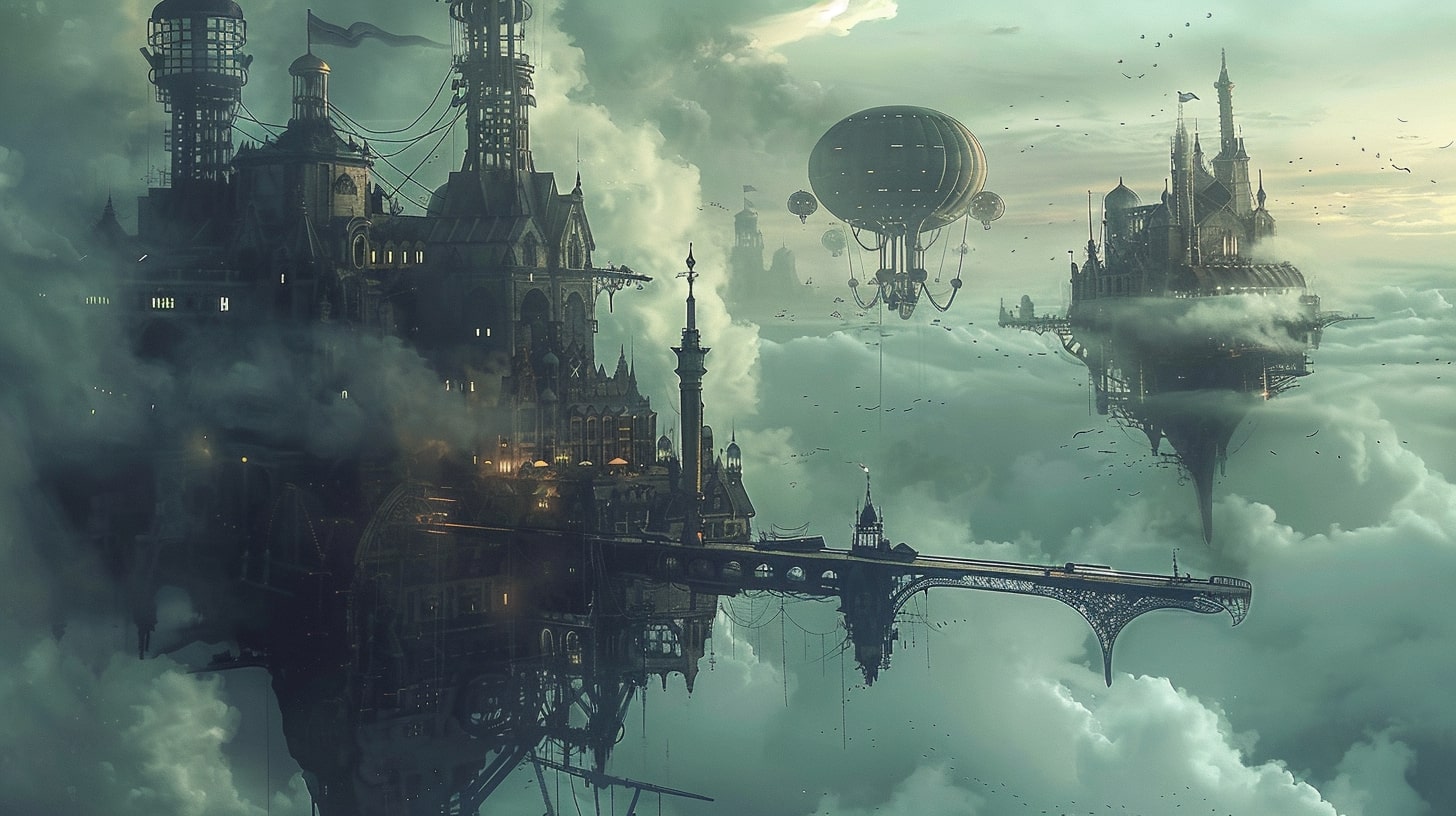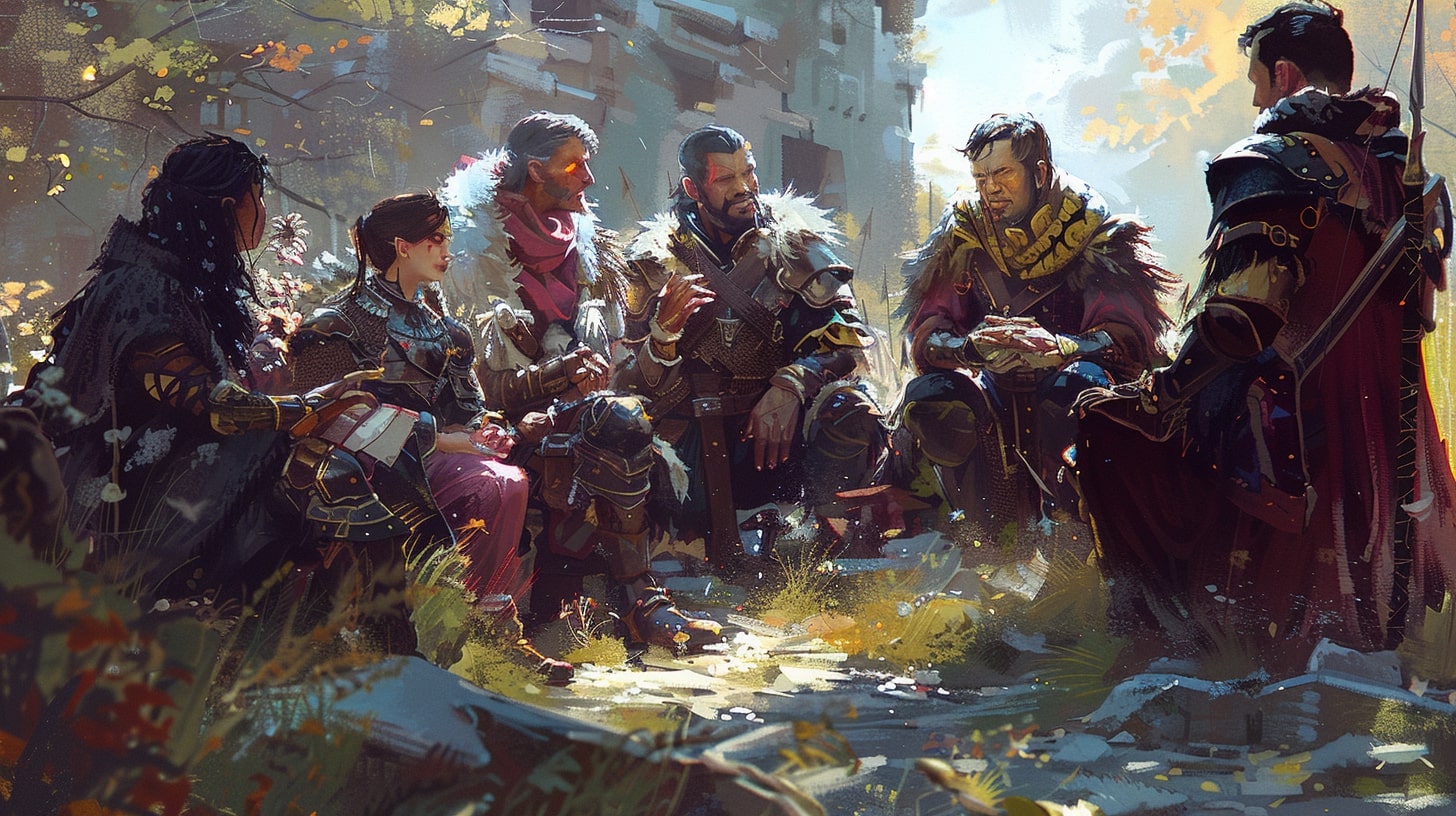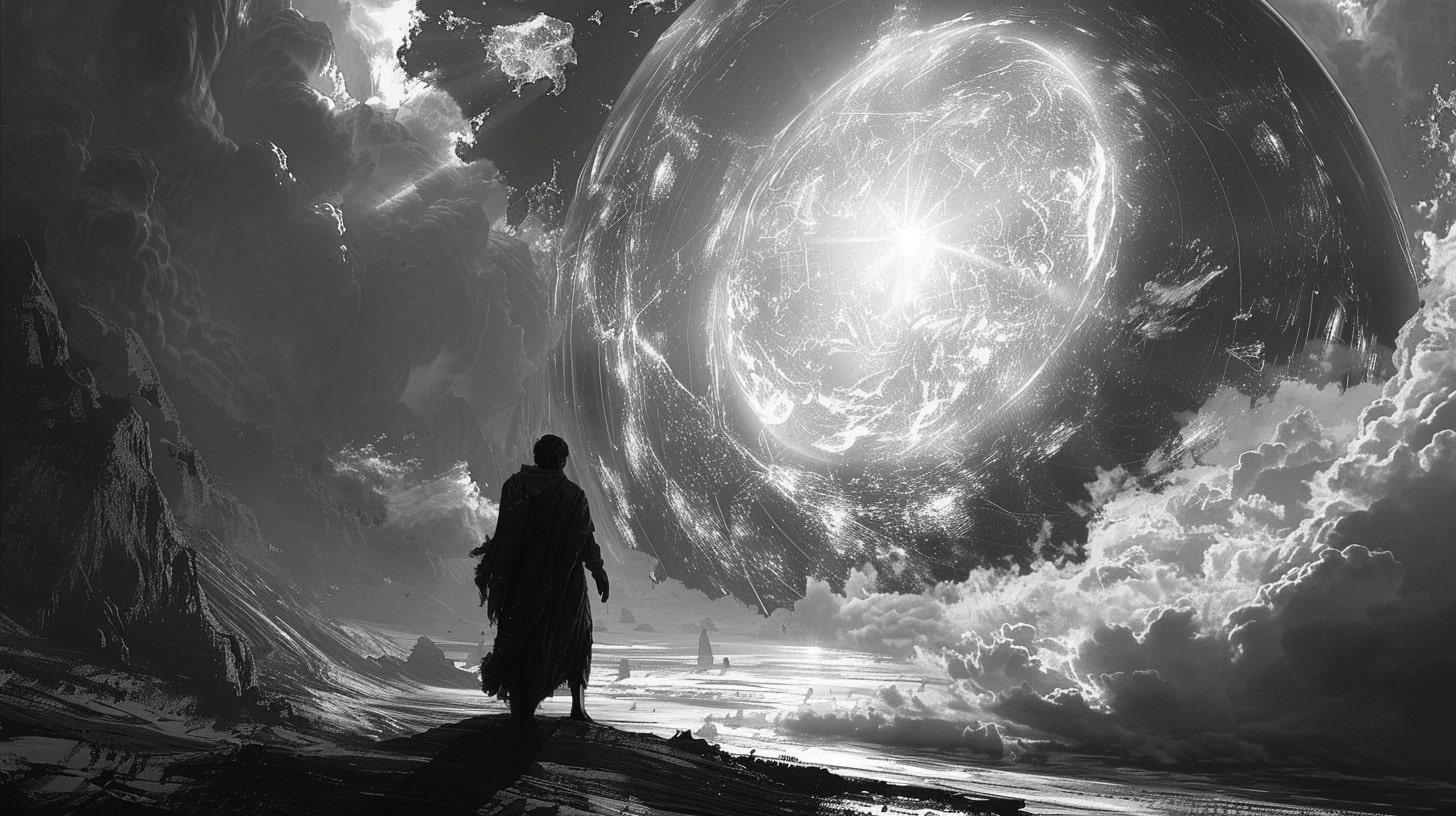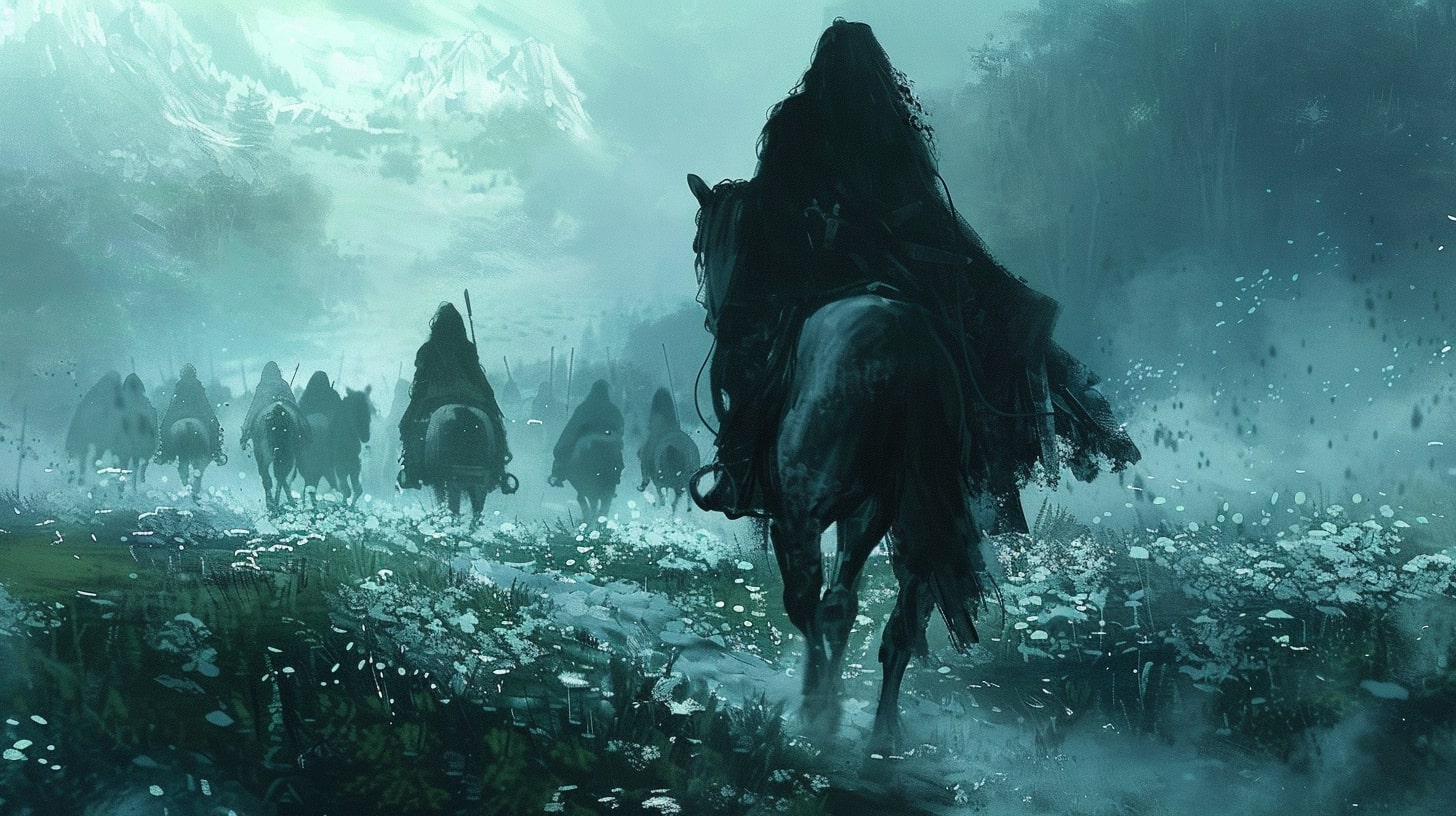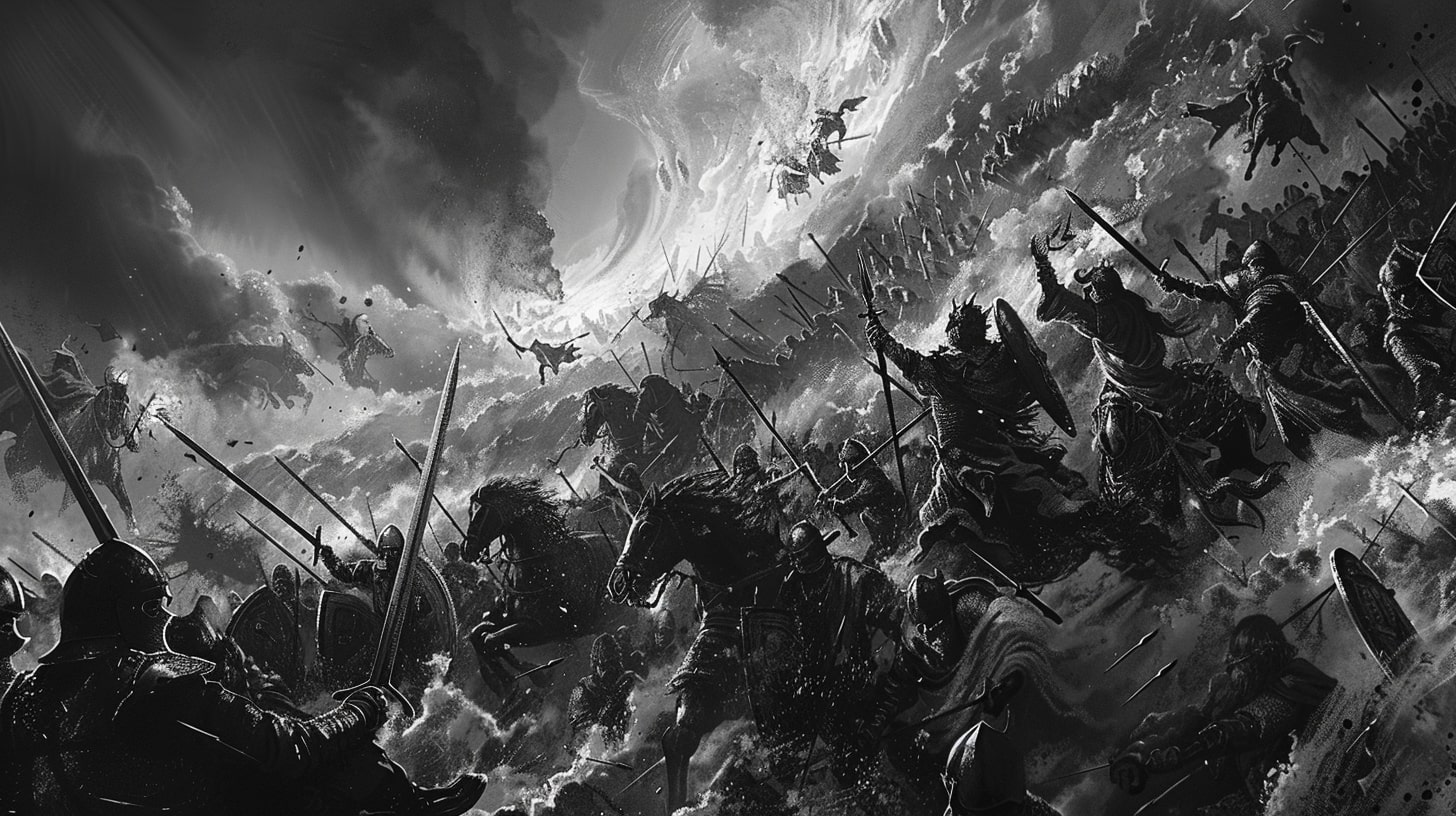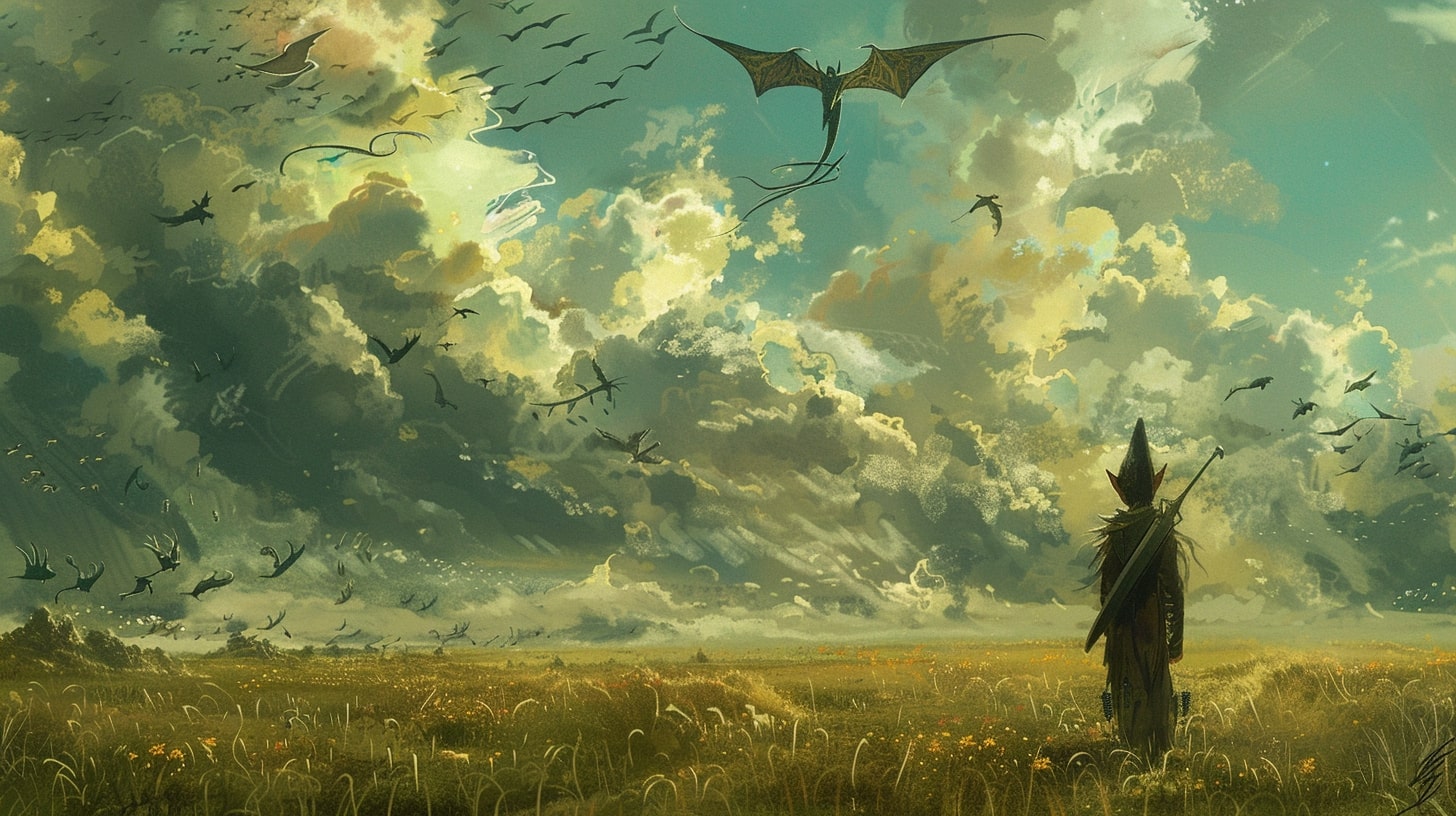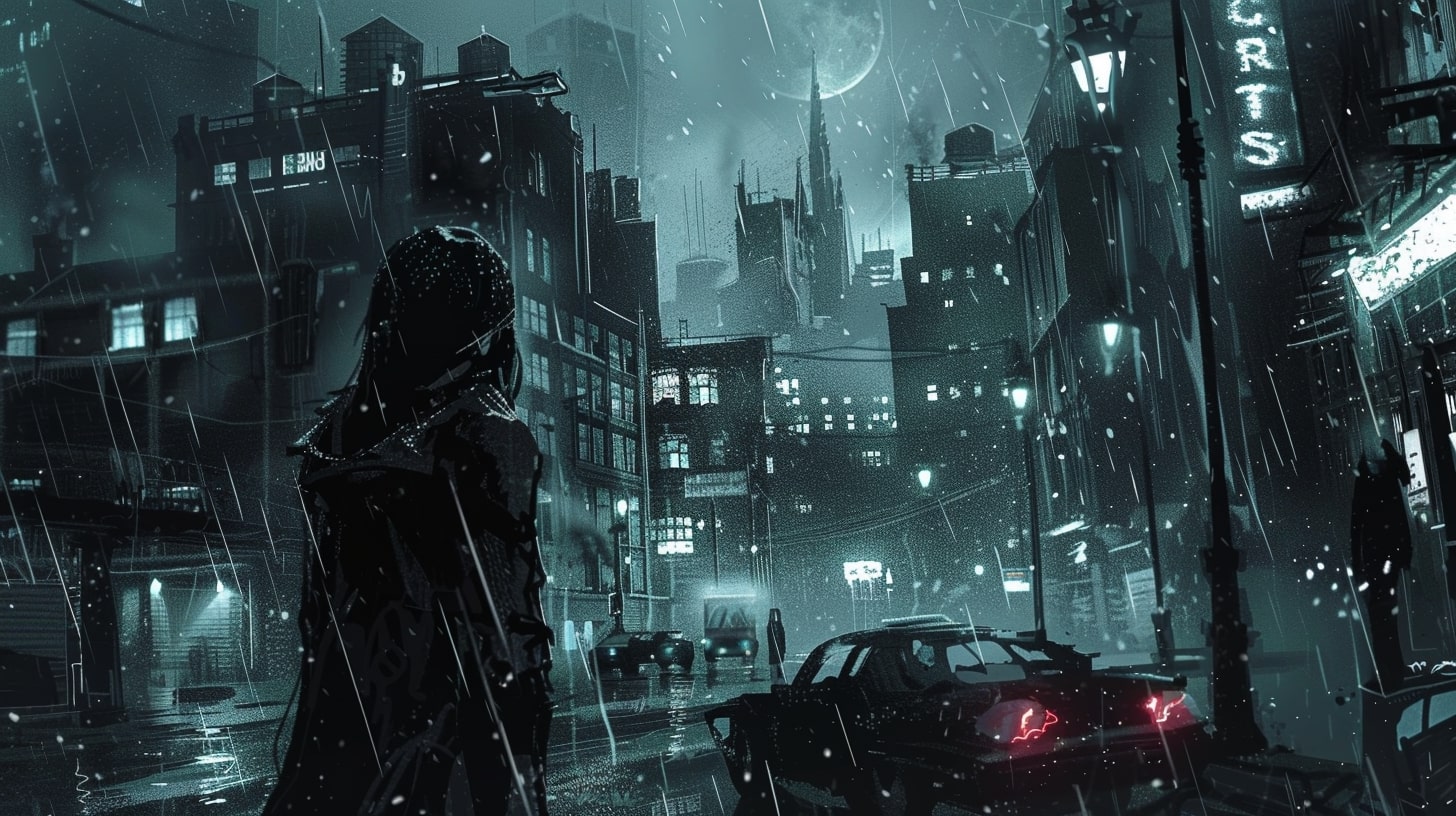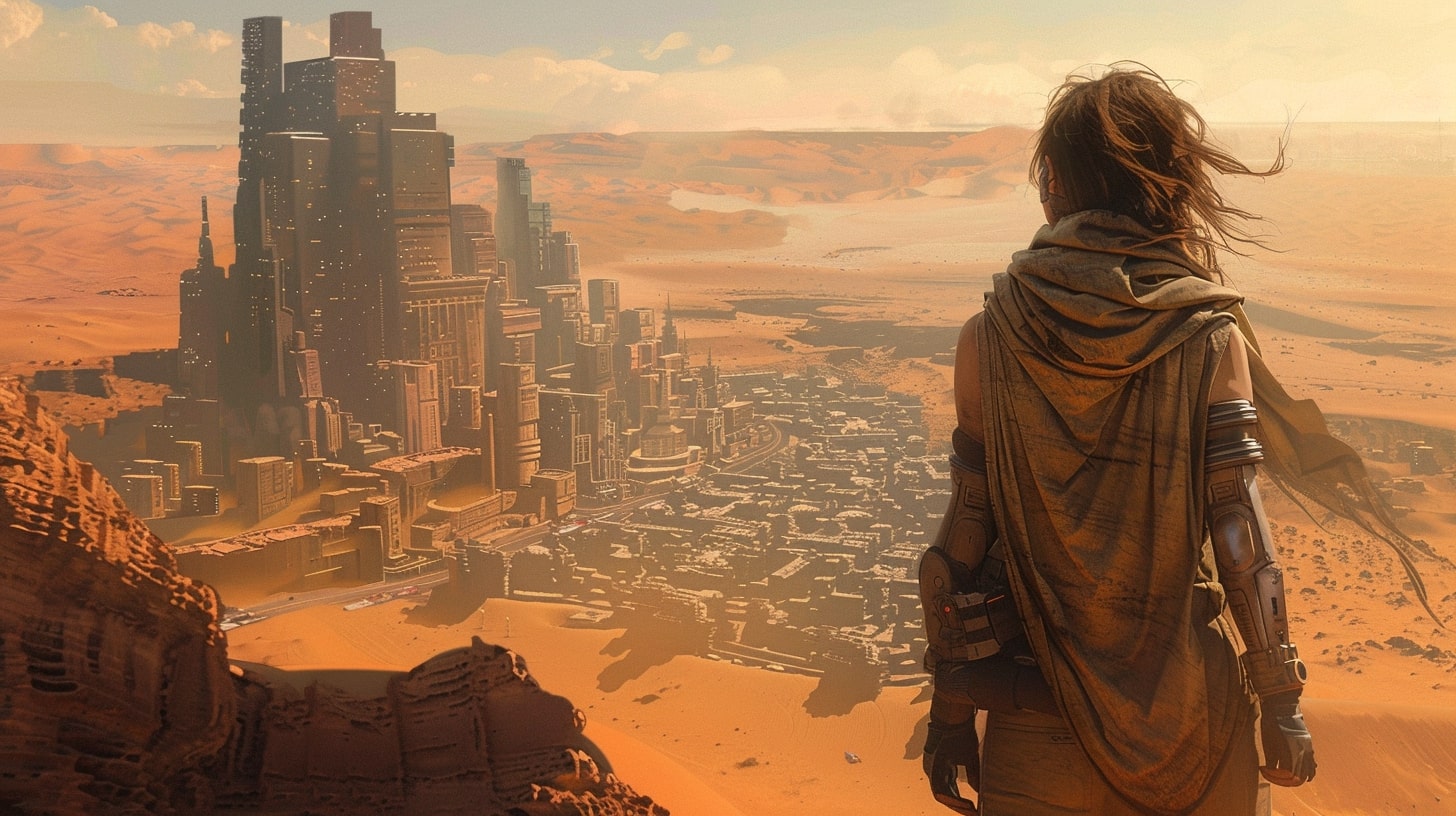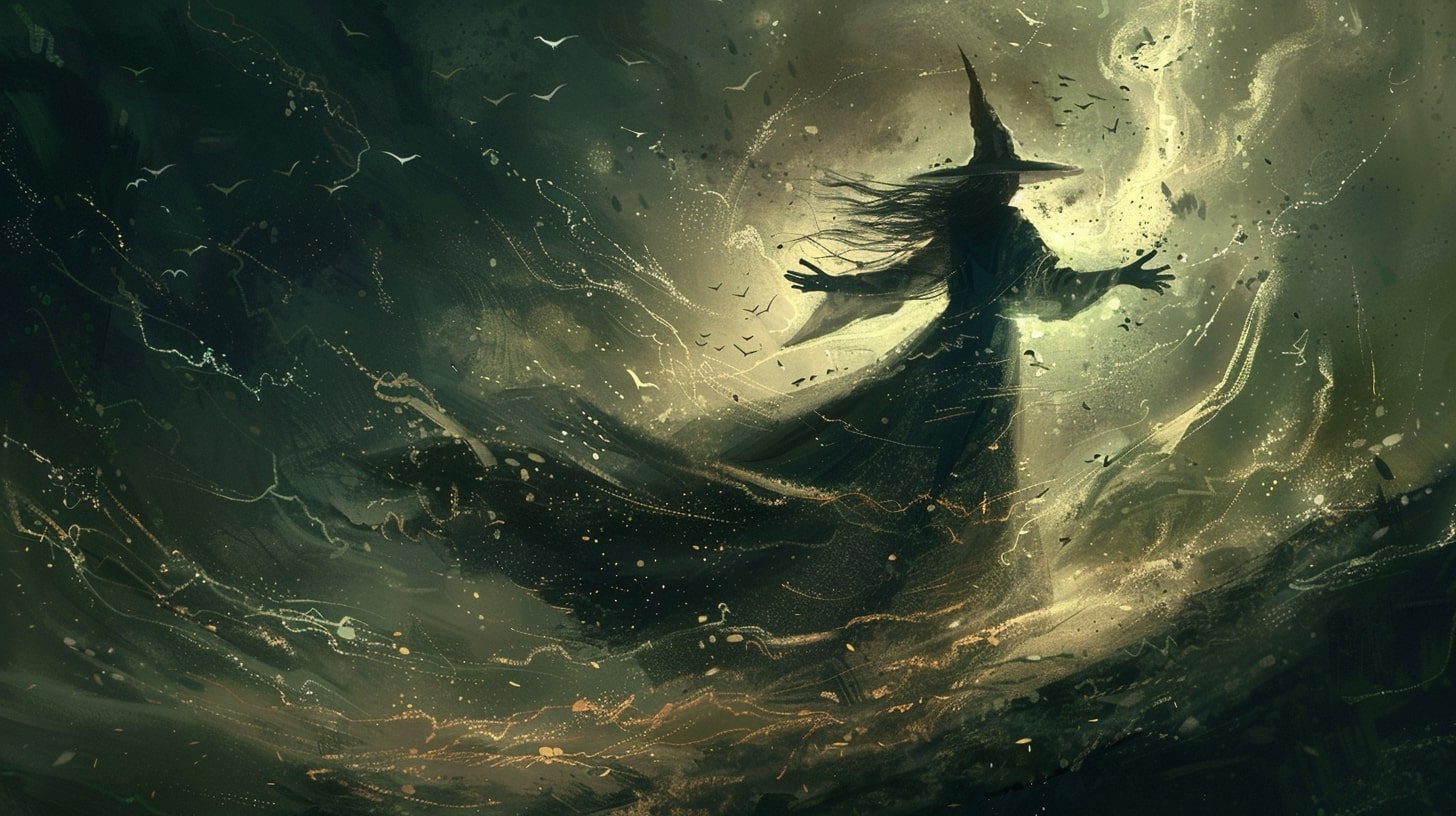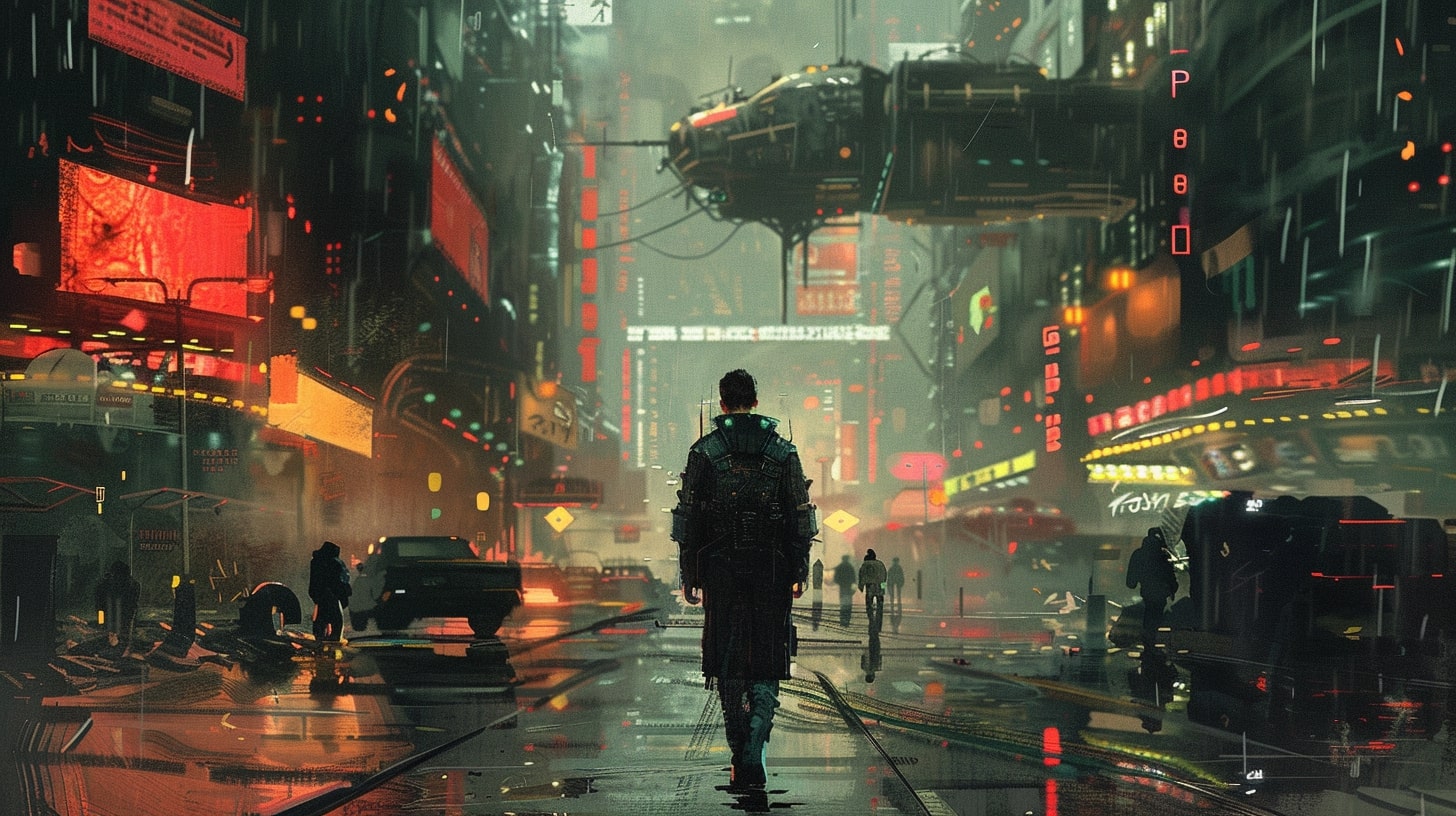Introduction to Building a Fantasy City
Welcome to the wonderful world of building a fantasy city! Whether you’re an aspiring writer looking to create a captivating setting for your story or a seasoned author seeking to expand your fictional universe, constructing a fantasy city is an exciting endeavor in your worldbuilding journey.
In this guide, we will explore the reasons behind building a fantasy city and the power of imagination in fantasy writing.
Why Build a Fantasy City?
Building a fantasy city offers a myriad of benefits for both writers and readers alike. It provides a rich backdrop for your story, immersing your audience in a vibrant and imaginative environment.
A well-crafted city can serve as a character in itself, influencing the plot and shaping the experiences of your protagonists. It opens up opportunities for exploration, adventure, and the development of unique cultures and societies.
Furthermore, a fantasy city allows you to showcase your creativity and storytelling skills. It gives you the freedom to design intricate details, from the architecture and infrastructure to the social structures and hierarchies.
As you breathe life into your city, you create a world that readers can escape into, captivating their imagination and leaving a lasting impression.
The Power of Imagination in Fantasy Writing
Imagination is the heart and soul of fantasy writing. It is the driving force that allows you to create worlds that defy reality and transport readers to extraordinary realms.
When building a fantasy city, your imagination is your greatest tool. It enables you to envision the city’s unique features, from its geography and climate to the diverse population that inhabits it.
Through imagination, you can infuse magic, fantastical elements, and supernatural phenomena into your city, adding depth and intrigue to your story. It allows you to craft captivating descriptions that transport readers to bustling marketplaces, towering citadels, and hidden alleyways.
Remember, the power of imagination knows no bounds. Let your creativity soar as you embark on the journey of building a fantasy city.
For more tips and inspiration on how to enhance your fantasy writing, be sure to check out our articles on how to write fantasy novels and fantasy writing tips.
Now that we understand the importance of building a fantasy city and the role of imagination in fantasy writing, let’s dive into the planning and creation process.
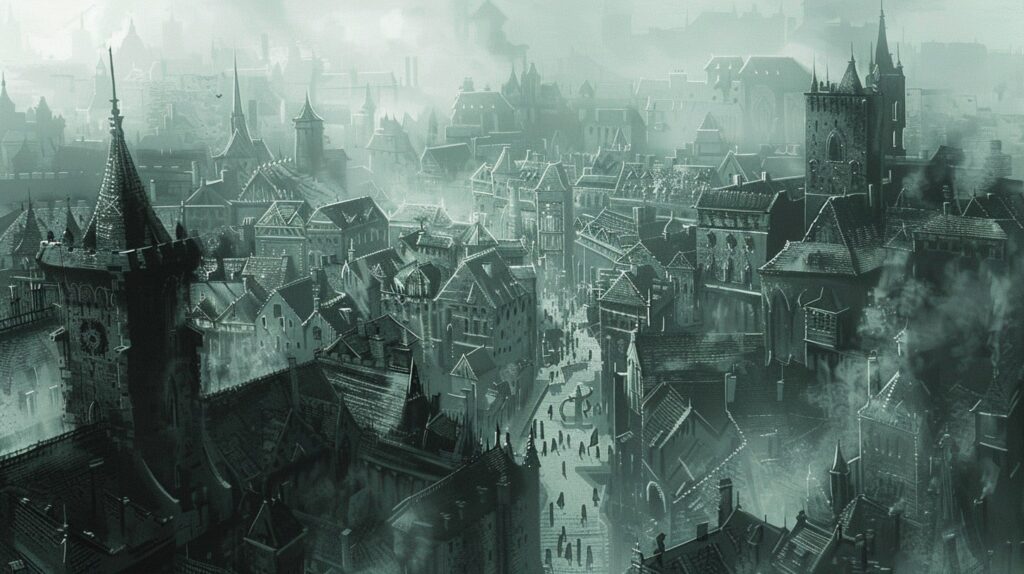
Building a Fantasy City: Planning
To create a captivating and immersive fantasy city, careful planning is essential. This section will guide you through the process of establishing the purpose and theme of your city and mapping out its layout.
Establishing the Purpose and Theme
Before diving into the details of your fantasy city, it’s important to establish its purpose and theme. Ask yourself questions such as: Is your city a bustling trade hub, a mysterious haven for magic users, or a fortified stronghold protecting ancient relics?
Determining the purpose and theme will give your city a clear identity and help shape its characteristics.
Consider the cultural, historical, and geographical aspects that contribute to the city’s purpose and theme. This will help you create a coherent and believable world for your readers to explore. For more tips on how to develop a vibrant fantasy world, check out our article on creating a fantasy world.
Mapping Out the City
Once you have a clear vision of your city’s purpose and theme, it’s time to map out its layout. A well-designed city map provides a visual representation of the city’s structure and helps you maintain consistency throughout your writing.
Start by sketching a rough outline of the city’s shape and major landmarks. Consider the natural landscape, such as rivers, mountains, or forests, which can influence the city’s placement and layout.
Next, divide the city into districts or neighborhoods based on their functions, such as residential, commercial, or industrial areas.
To add depth and authenticity to your city, consider the following factors when mapping it out:
Geography and Climate: Determine how the city’s geographical features, such as hills, rivers, or coastal areas, impact its layout and architecture. Additionally, consider the climate and how it affects the city’s overall design and the daily lives of its inhabitants.
Architecture and Infrastructure: Reflect the city’s purpose and theme in its architectural style. Are the buildings ornate and grand or simple and functional? Consider the materials used for construction, the height of the buildings, and the presence of unique architectural elements.
Cultural Influences: Infuse your city with cultural diversity by incorporating various influences, such as different architectural styles, languages, customs, and traditions. This will add depth and richness to your city’s inhabitants and make it feel more vibrant and realistic.
Creating a detailed map not only helps you visualize your city but also provides a valuable reference as you write. It allows you to keep track of important locations, distances, and spatial relationships within the city.
For more guidance on crafting immersive fantasy settings, check out our article on how to write fantasy novels.
By carefully planning and mapping out your fantasy city, you lay a solid foundation for the rest of your writing process. Make sure to consider the purpose and theme of the city and create a detailed map that reflects its unique characteristics. With a well-designed city, you’ll transport your readers to a world brimming with wonder and imagination.
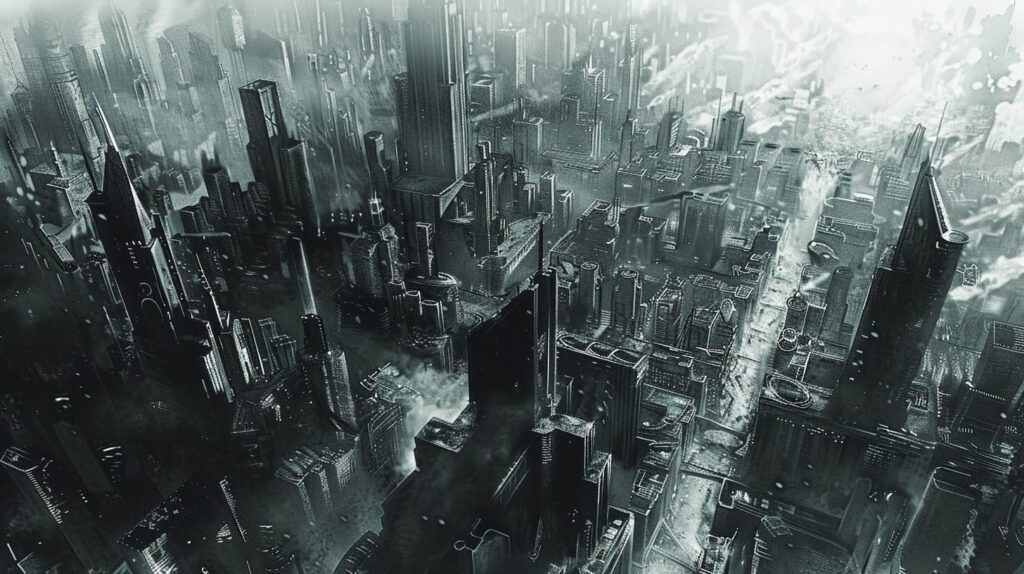
Creating a Believable City
To bring your fantasy city to life, it’s important to create a believable setting that readers can immerse themselves in. This involves paying attention to details such as geography and climate, architecture and infrastructure, and cultural influences.
Geography and Climate
Begin by considering the geography and climate of your fantasy city. Is it nestled in the mountains, surrounded by lush forests, or situated on a coastal plain? The physical features of the city’s surroundings will impact its layout, resources, and overall atmosphere.
Think about the climate as well. Is it a tropical paradise with warm temperatures year-round, or does it experience harsh winters with heavy snowfall? The climate will affect the types of buildings, clothing styles, and even the daily lives of the city’s inhabitants.
Architecture and Infrastructure
The architecture and infrastructure of your fantasy city should reflect its history, culture, and available resources. Are the buildings made of stone, wood, or a combination of materials? Are there towering spires, domed structures, or narrow cobblestone streets? Consider the architectural styles that would be prevalent in your city and how they contribute to its unique charm.
Infrastructure is also a key aspect to consider. How are the city’s roads, bridges, and transportation systems designed? Are there water canals, underground tunnels, or flying platforms? The infrastructure should be consistent with the city’s size, population, and technological advancements.
Cultural Influences
The culture of your fantasy city will shape its customs, traditions, and overall atmosphere. Consider the different cultural influences that have shaped the city’s development. Is it a melting pot of different races and species, each contributing their own unique customs? How does this diversity affect the city’s social dynamics and interactions?
Think about the city’s festivals, celebrations, and rituals. These cultural events can add depth and richness to your city, making it feel more vibrant and alive. Additionally, consider how the city’s culture impacts its cuisine, fashion, and arts.
By paying attention to these elements of creating a believable city, you can construct a setting that captivates readers and transports them to a fantastical world. Remember to weave these details into your narrative, describing the sights, sounds, and smells of the city to fully immerse your readers in the experience.
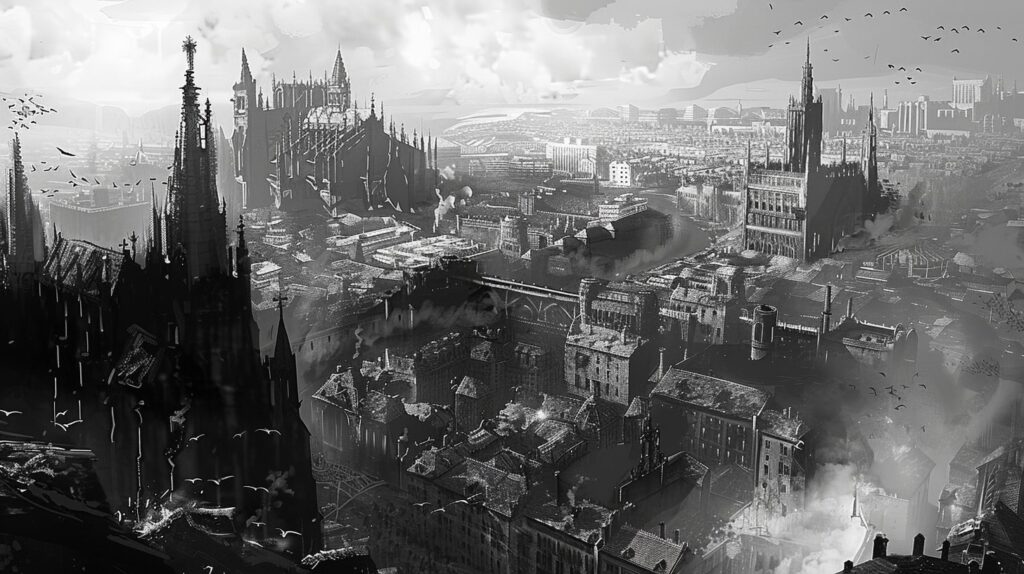
Populating Your Fantasy City
To bring your fantasy city to life, it’s important to populate it with a diverse and vibrant population. This adds depth and realism to your world-building. In this section, we’ll discuss three key aspects of populating your fantasy city: creating a diverse population, developing unique races and species, and building social structures and hierarchies.
Creating a Diverse Population
A diverse population is essential for a dynamic and realistic fantasy city. Consider including characters from different backgrounds, cultures, and social classes. This diversity adds richness to your storytelling and allows for interesting interactions and conflicts within the city.
To create a diverse population, think about the different races, ethnicities, and cultures that exist in your fantasy world. Each group can have its own customs, traditions, and beliefs, which influence their interactions with others.
By including characters with diverse perspectives, you can explore themes of cultural exchange, prejudice, and unity within your city.
Developing Unique Races and Species
In addition to a diverse human population, your fantasy city can be home to unique races and species. These non-human characters add an element of wonder and intrigue to your story. Consider creating fantastical beings such as elves, dwarves, orcs, or even entirely original creatures.
When developing these races and species, give thought to their physical characteristics, abilities, and cultural backgrounds. How do they interact with the human population? Do they have unique skills or powers that set them apart? By carefully crafting these non-human characters, you can create a vivid and immersive fantasy city.
Building Social Structures and Hierarchies
Social structures and hierarchies are important for establishing the power dynamics within your fantasy city. Consider the different social classes, such as nobility, merchants, artisans, and laborers. How do these classes interact with each other? Are there guilds or organizations that hold significant influence?
Think about the systems of governance and the roles of leaders within your city. Are there ruling families or councils? How are decisions made and enforced? By developing these social structures, you can create a realistic and engaging city that feels alive.
It’s important to remember that these aspects of population are just a starting point. As you write your story, your characters and their interactions will shape and evolve the population of your fantasy city.
Creating a diverse, unique, and socially complex population will provide a solid foundation for your storytelling and immerse readers in the world you’ve built.
Now that you have a diverse population, let’s explore the city landmarks and points of interest in our next section.
City Landmarks and Points of Interest
As you build your fantasy city, it’s important to consider the landmarks and points of interest that will make it truly memorable. These elements add depth and richness to your world, immersing your readers in the vibrant tapestry of your city’s culture and history. Here are some key aspects to consider when creating these landmarks and points of interest.
Iconic Buildings and Structures
Iconic buildings and structures serve as the visual symbols of your fantasy city. These landmarks can be grand palaces, towering cathedrals, or unique architectural wonders that define the city’s skyline. They often represent the city’s history, culture, or the power of its ruling class.
When designing these structures, consider incorporating elements that reflect the city’s theme and purpose. For example, a city known for its magic might have a mage’s tower that stretches towards the heavens.
To enhance the sense of realism, describe the details of these landmarks, such as the intricately carved facades or the awe-inspiring stained glass windows.
Markets, Guilds, and Institutions
The bustling markets, guild halls, and institutions of your fantasy city are essential for creating a vibrant and realistic setting. These places are where commerce thrives, artisans hone their craft, and knowledge is shared.
Imagine a sprawling marketplace filled with colorful stalls, exotic goods, and the cries of merchants vying for customers’ attention. Think about the guild halls where skilled craftsmen gather to exchange ideas and showcase their masterpieces. Consider the grand libraries, prestigious academies, or arcane towers where knowledge is cherished and passed down through generations.
These locations not only provide opportunities for your characters to interact, but they also contribute to the overall atmosphere and culture of your fantasy city.
Hidden Gems and Secret Locations
Every city has its hidden secrets, and your fantasy city should be no different. These hidden gems and secret locations add an air of mystery and intrigue to your world, enticing readers to explore further.
Imagine hidden underground tunnels, forgotten catacombs, or secret societies that operate in the shadows. These hidden locations can hold valuable artifacts, ancient knowledge, or even dangerous secrets that have the potential to change the course of your story.
As you reveal these hidden gems, use descriptive language to create an atmosphere of suspense and discovery. Allow your characters to stumble upon these secrets, unraveling the mysteries of your city one step at a time.
By incorporating these city landmarks and points of interest into your fantasy world, you breathe life into your setting, making it a place that readers will yearn to explore.
These elements add depth, history, and intrigue to your city, making it feel like a living, breathing entity. So, go forth and create memorable landmarks, bustling markets, and hidden secrets that will captivate your readers and transport them to the fantastical world you’ve crafted.
Adding Magic and Fantastical Elements
Incorporating magic and other fantastical elements into your fantasy city can bring it to life and enhance the overall atmosphere of your story. This section will explore ways to incorporate magic systems, introduce magical creatures and beings, and create supernatural phenomena within your fantasy city.
Incorporating Magic Systems
A well-developed magic system can add depth and intrigue to your fantasy city. Consider creating rules and limitations for your magic, as this will help maintain consistency within your world.
Determine the source of magic, whether it’s derived from ancient spells, elemental forces, or mystical artifacts. Establish how magic is learned, controlled, and utilized by the inhabitants of your city.
Differentiate between various types of magic, such as elemental magic, healing magic, or divination. Each type can have its own set of spells, rituals, and unique characteristics. Incorporating a magic academy or guild within your city can provide a central hub for magical knowledge and training.
For more tips on crafting a fantasy magic system, check out our article on creating a fantasy magic system.
Magical Creatures and Beings
Introducing magical creatures and beings can add wonder and excitement to your fantasy city. Consider populating your city with mythical creatures like dragons, unicorns, or griffins.
These creatures can serve as majestic guardians, mythical mounts, or even companions to your characters. Develop the characteristics, behaviors, and roles of these creatures within the city’s ecosystem.
Additionally, you can create unique humanoid beings like elves, dwarves, or faeries, each with their own culture, abilities, and place within the city. These beings can inhabit specific districts or neighborhoods, adding to the diversity and richness of your fantasy city. For more tips on crafting fantasy creatures, take a look at our article on crafting fantasy creatures.
Supernatural Phenomena
To make your fantasy city truly mesmerizing, consider incorporating supernatural phenomena. These can include magical phenomena like floating islands, shifting landscapes, or portals to other realms. These elements can create a sense of wonder and mystery, adding an extra layer of intrigue to your city.
Additionally, supernatural phenomena can include mysterious occurrences like ghostly apparitions, haunted buildings, or enchanted artifacts. These elements can serve as plot points or add depth to the history and lore of your city. For more inspiration on crafting supernatural elements, check out our article on writing paranormal romance.
By incorporating magic systems, magical creatures and beings, and supernatural phenomena, you can infuse your fantasy city with a sense of awe and enchantment. Remember to weave these elements into the fabric of your city, making them integral to the story and the experiences of your characters. Let your imagination soar as you bring your fantasy city to life.
Bringing Your Fantasy City to Life
Now that you have planned and created your fantasy city, it’s time to bring it to life through your writing. This section will guide you on writing engaging descriptions, capturing the senses, and weaving the city into your story.
Writing Engaging Descriptions
To truly immerse your readers in your fantasy city, it is essential to use vivid and engaging descriptions. Paint a picture with your words, allowing your readers to visualize the sights, sounds, and atmosphere of the city. Describe the unique architecture, the bustling streets, and the vibrant colors that make your city come alive.
Consider using sensory language to enhance your descriptions. Describe the aroma of exotic spices wafting through the air, the sound of merchants haggling in the market, or the feel of cobblestones beneath the feet. By appealing to the senses, you can transport your readers directly into the heart of your city.
Capturing the Senses
A well-crafted fantasy city should evoke a range of emotions in your readers. To achieve this, it’s important to capture the senses through your writing. Describe the taste of street food from a bustling marketplace, the feeling of a cool breeze on a rooftop garden, or the smell of incense in a sacred temple.
By engaging the senses, you create a more immersive reading experience. This not only helps your readers visualize the city but also allows them to feel a deeper connection to the world you have created. Remember to be specific and use descriptive language to transport your readers into the scene.
Weaving the City into Your Story
Your fantasy city should be more than just a backdrop; it should be an integral part of your story. As you write, find ways to weave the city into the narrative. Use the city as a catalyst for conflicts, a source of inspiration, or a character in its own right.
Explore how the city’s geography, architecture, and social structures impact your characters and their journeys. For example, a city built on the side of a mountain may present physical challenges while a city divided into districts with different cultural influences may foster social tensions. By utilizing these elements, you can enhance the depth and richness of your storytelling.
Remember to consider the history and lore of your city as well. Craft stories, legends, and myths that are unique to your fantasy city. This adds layers of depth and authenticity, making your city feel like a living, breathing entity.
By writing engaging descriptions, capturing the senses, and weaving your city into the story, you can transport your readers to a vibrant and immersive fantasy world. Allow your imagination to soar as you bring the intricate details of your city to life on the page. Happy writing!
To explore more tips and techniques for fantasy writing, check out our articles on how to write fantasy novels and fantasy writing tips.


